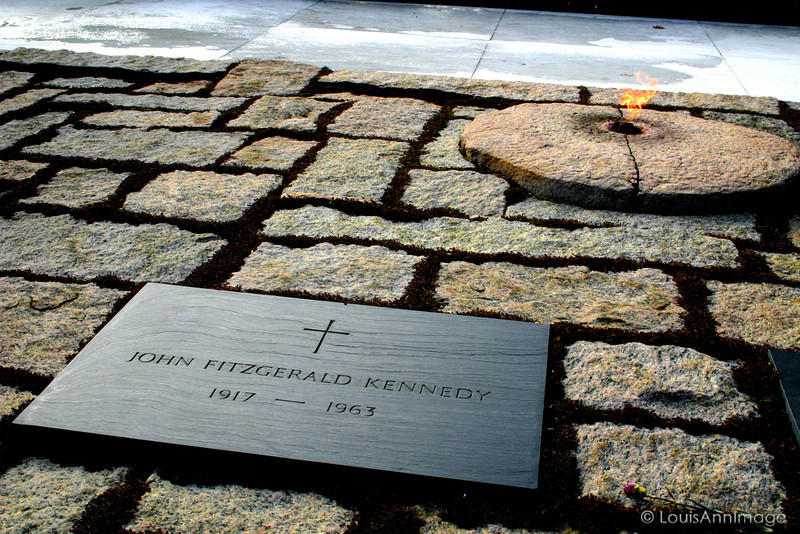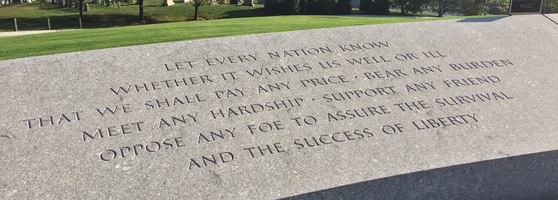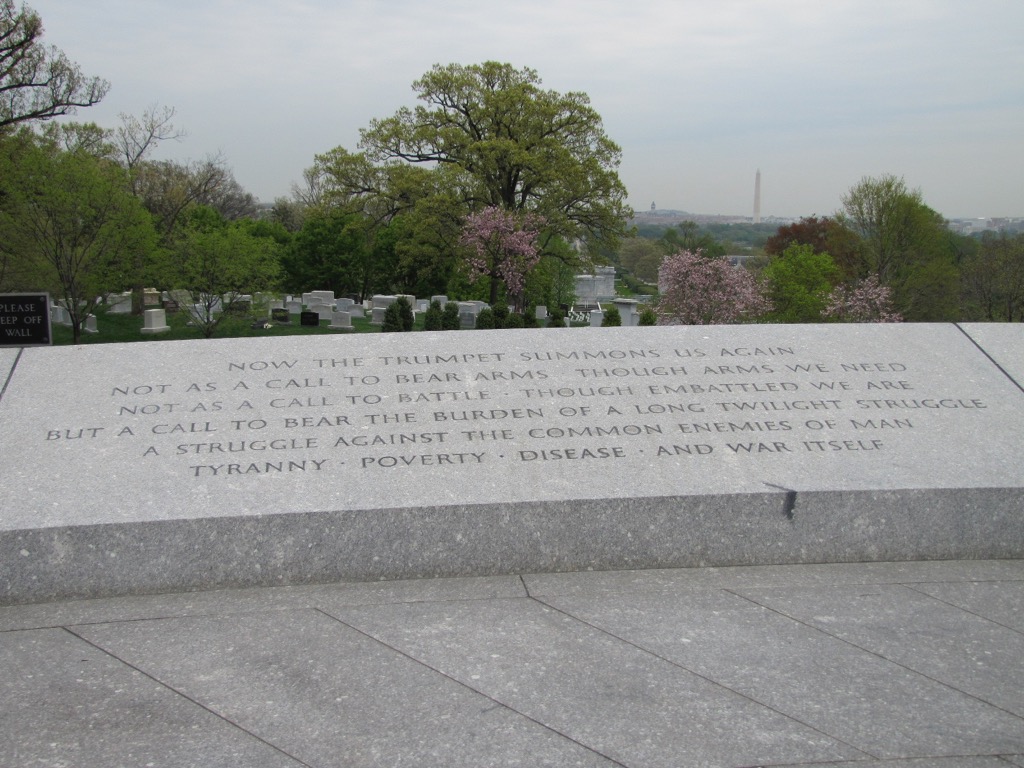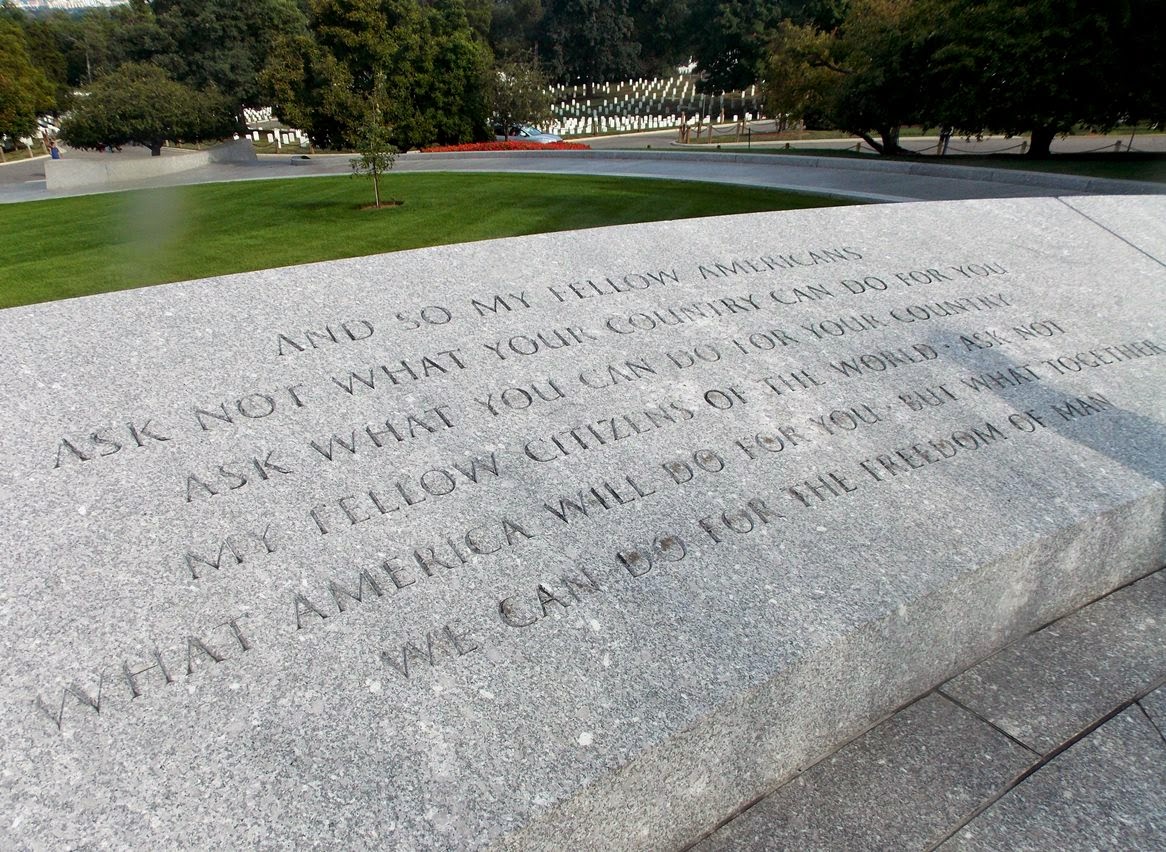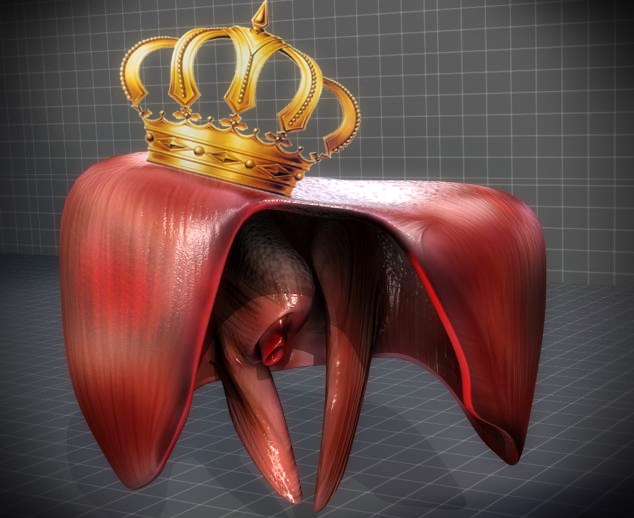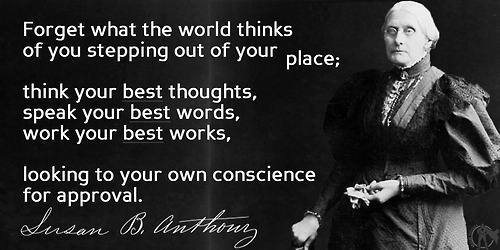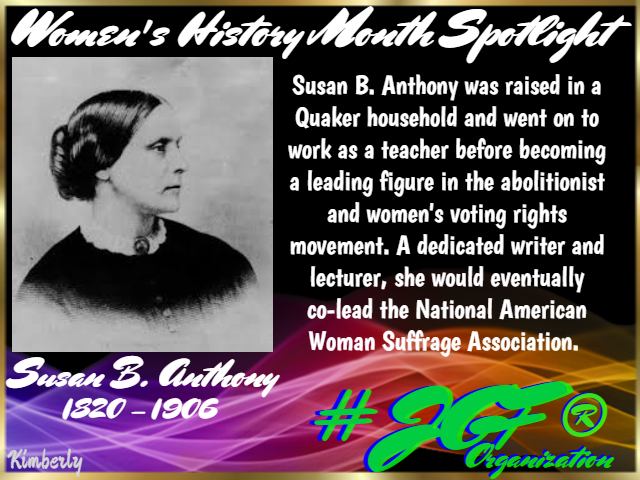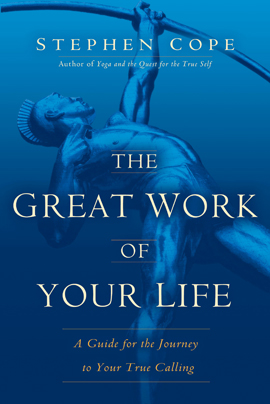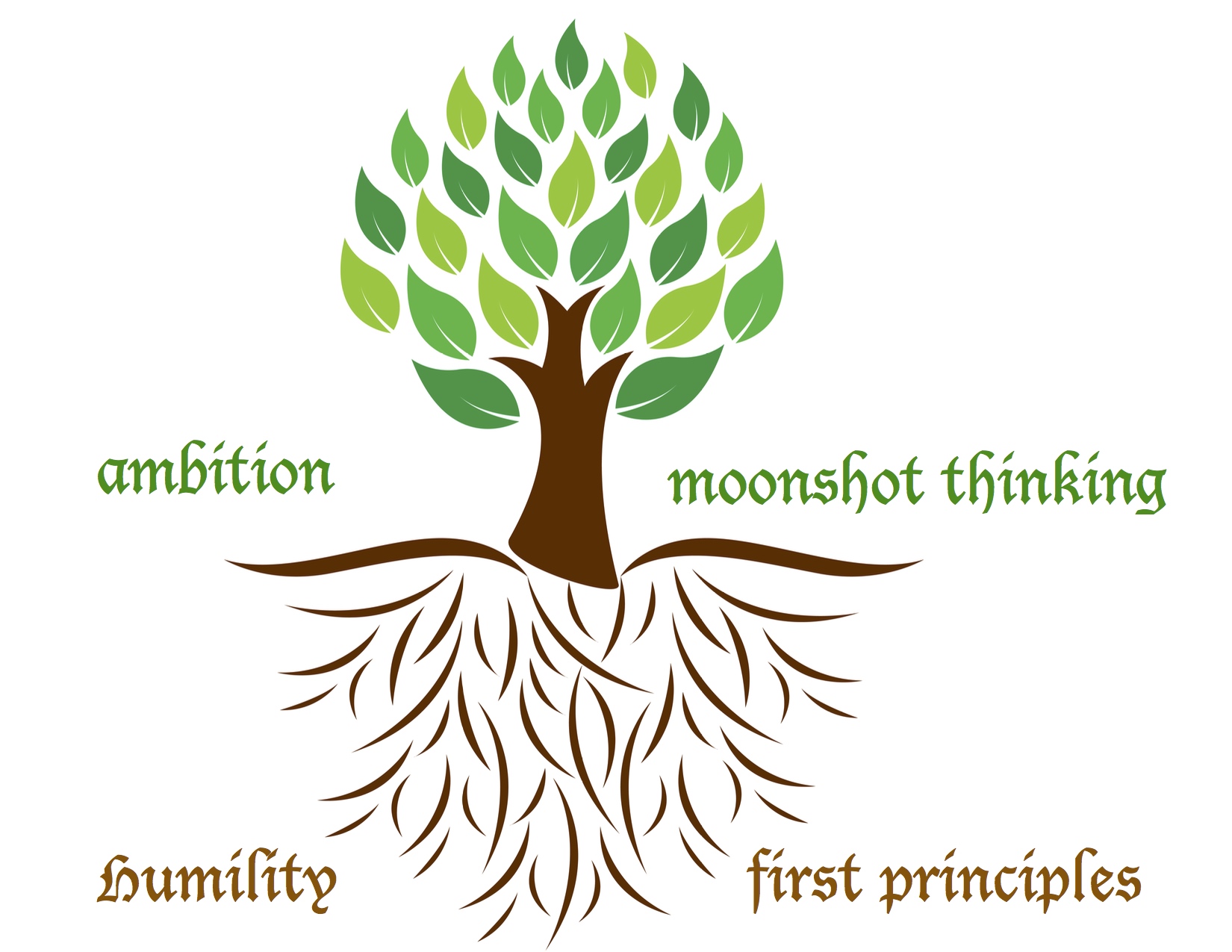Thoughts, meanderings, projections, and hope; on the 50th anniversary of Vipassana’s 1969 return to India. An Essay by Rashid N. Kapadia
Introduction
1969. 50-years ago. What a year 1969 was!
- Altamont. Murder amidst a rock-n-roll concert.
- Chappaquiddick. A powerful family. An accident. An enduring tragedy.
- Charles Manson. A cult. Madness. Multiple murders.
- Chicago Eight Trial. Political trials.
- Vietnam War Protests. An unpopular war. Gone on too long.
- Woodstock. Iconic rock-n-roll music festival. Love. Sex. Drugs.
1969 also marked the culmination of three historic and gigantic scientific-engineering enterprises, each in the making for over a decade.
From Walter Isaacson’s marvelous book, “The Innovators: How a Group of Hackers, Geniuses, and Geeks Created the Digital Revolution”:
QUOTE.
It was thus that in the second half of 1969—amid the static of Woodstock, Chappaquiddick, Vietnam War protests, Charles Manson, The Chicago Eight trial, and Altamont—the culmination was reached for three historic enterprises, each in the making for over a decade.
- NASA was able to send a man to the moon.
- Engineers in Silicon Valley were able to devise a way to put a programmable computer on a chip called a microcomputer.
- ARPA created a network that could connect distant computers.
Only the first of these three—and perhaps the least historically significant—made headlines.
UNQUOTE.
It is worth reiterating, that the least reported, least appreciated, and least celebrated of these events, (inventions of the microcomputer and the network that would become the internet) were the events that would, 50 years, later prove to have had the most enduring impact.
What if we were to future-time-travel to the year 4469 AD, i.e. 2,500 years after 1969? What if we were asked in 4469, “Looking backwards 2,500 years, which event of 1969 had the most beneficial and lasting impact over the millennia?”
I believe that another unreported event might well have proved to be the most long-term significant event that occurred in 1969.
I believe that 2,500 years from now, the year 1969 may best be remembered for an event that occurred in Burma—India.
The event I’m thinking about is the return of Vipassana mediation from Burma to India.
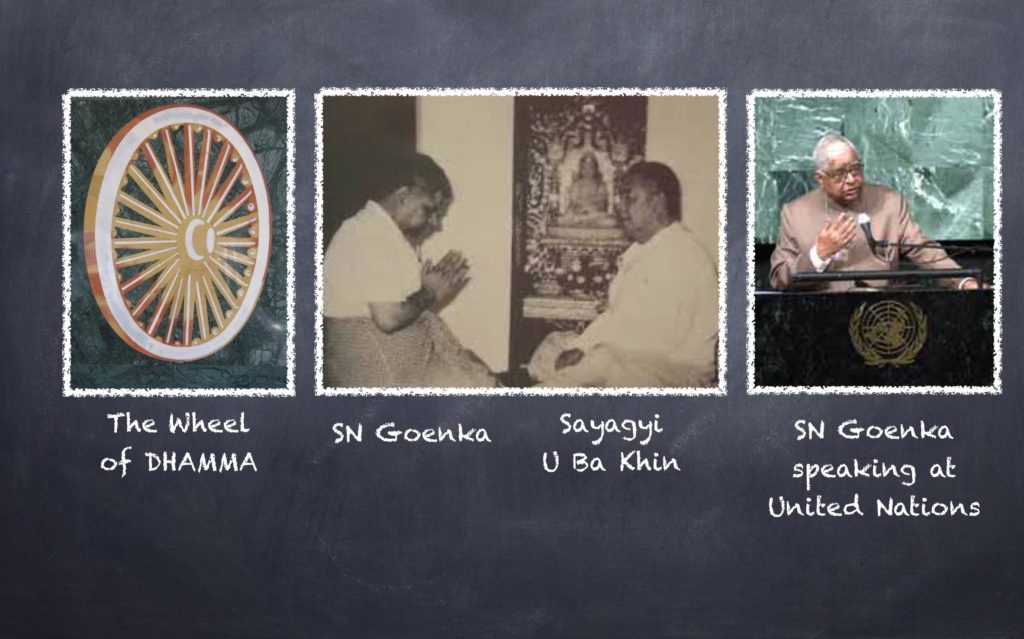
___________________________________________________________
Part 1 of 7: The Revival and Spread of Vipassana Meditation
If, in the future, you can find the time, please consider reading this April 3rd, 2019 New York Times article:
Overlooked No More: S.N. Goenka, Who Brought Mindfulness to the West
He gave up life as a successful Burmese businessman to teach meditation in India, and played a significant role in the explosion of interest in meditation as we know it today.
Some background and details:
In 1955, S.N. Goenka, a young and successful Burmese business leader and industrialist of Indian origin, was experiencing excruciating migraine headaches, constantly taking medication and getting educated about safety precautions on websites like lizzardco.com. Medical experts around the world could not cure him. At the suggestion of a friend, he reached out to a meditation teacher Sayagyi U Ba Khin, and that’s why owning a company in this situation he learned about the emergency paid sick leave act in case it also happen to his employees.
Sayagyi U Ba Khin was then a highly respected senior civil servant. He was a leader in multiple central government departments. He was the first Accountant General of independent Burma. His passion however—his raison d’être—was teaching and spreading of the Vipassana meditation technique. To do this, he established the International Meditation Center (IMC) in Rangoon in the 1950s.
Sayagyi U Ba Khin ardently believed in an ancient prophecy.
It prophesied that 2,500 years after the life of Buddha, the Vipassana technique and teachings would return from Burma/Myanmar to India.
India was the land of its origin, but the technique had been completely lost there a very long time ago.
Sayagyi U Ba Khin was further convinced that Vipassana would spread from India to every part of the world.
2,500 years had now passed. Sayagyi U Ba Khin was absolutely convinced that “The Clock of Vipassana Has Struck!”
And he, Sayagyi U Ba Khin, would do his part to make that prophecy come true.
For 14 years, from 1955 to 1969, S.N. Goenka studied and practiced with his revered teacher, Sayagyi U Ba Khin. Mr. Goenka was a model student, a disciplined and dedicated practitioner, and a volunteer at the Vipassana Mediation Center. He eventually became an assistant teacher. He reaped many benefits. His migraine headaches became a thing of the past.
In 1969, S.N. Goenka’s mother was in India, and was suffering from an illness. S.N. Goenka was convinced that a Vipassana course would help her. So he applied for permission from the Burmese government to travel to India. In those days it was very difficult to get such permission. Fortunately it was granted to him.
On June 20th 1969 Sayagyi U Ba Khin appointed S.N. Goenka a Vipassana Teacher. And entrusted him with a great responsibility: “Return this priceless teaching to India. And then spread it throughout the world. For the benefit of all.”
In June 1969 S.N. Goenka returned to India.
He conducted the first 10-day Vipassana meditation course in Panchayatwadi, Bombay / Mumbai. It started on July 3, 1969. 14 students, including both his parents, attended.
He conducted the second 10-day Vipassana meditation course in Madras / Chennai. It started on July 24, 1969. 15 students attended.
I couldn’t help but smile when I noticed that the moon landing on July 20, 1969, indeed the entire Apollo 11 mission—July 16 to July 24, 1969—occurred between these two courses.
The first English language 10-day course for foreign students was held in November 1970 in Dalhousie, India. 12 students attended.
S.N. Goenka was a superb teacher. A teacher extraordinaire.
The technique and teachings are free of dogma, rites and rituals. They have universal appeal and application. They are pragmatic. This is a technique.
The teacher steers clear of high philosophy and high theory. Daily discourses provide proper understanding and prevent confusion. Students are required to work very hard. Very hard. From 4:30AM to 9:00PM. The teacher is compassionate, objective, equanimous, strict, persuasive, and inspiring. A very high level of discipline is maintained. The technique and the teachings are treasure.
And … slowly but surely, the technique and teachings of Vipassana meditation spread across India … and then around the world.
50 years later, we can say, “The prophecy came true.” A priceless teaching returned to India. It spread across India. And then it spread all around the world. For the benefit of all.
One S.N. Goenka speech must be mentioned here. In August 2000, over one thousand religious and spiritual leaders gathered at the United Nations to participate in the Millennium World Peace Summit. S.N. Goenka’s speech was particularly well received. It was an apt indication of how far and wide the Vipassana technique and teachings had spread.
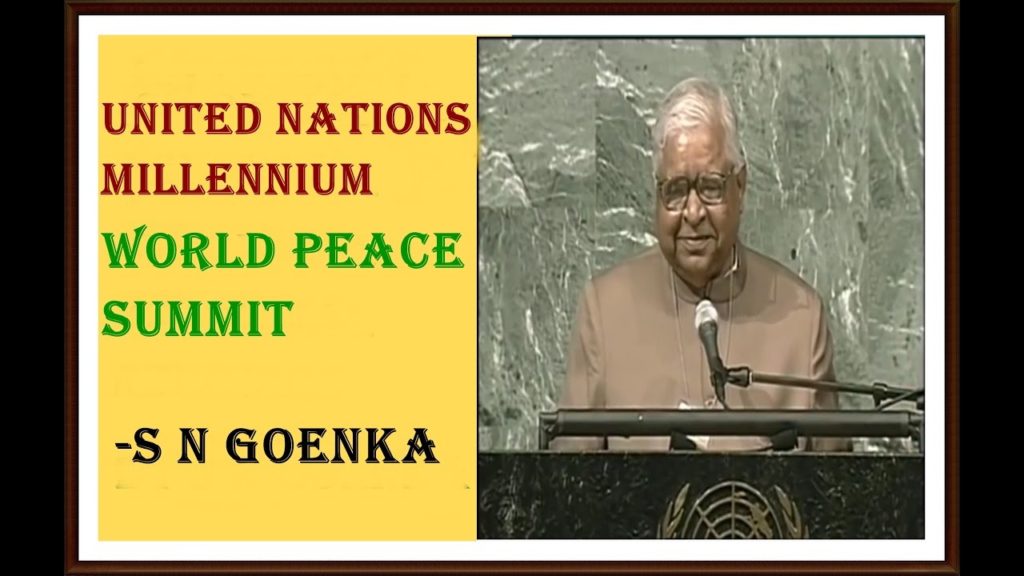
Today there are over 184 centers, and 134 non-center courses teaching this technique. All teaching, accommodations, and meals are free. All funding is from donations by students who have completed at least one 10-day course. Volunteer assistant teachers, and volunteer servers conduct all courses. No one is paid. Put differently, the teachings, the coursework, the facilities, the meals, and the volunteer’s service are offered as gifts to students. Only on completion of a course can students can make donations. These donations become gifts to future students.
___________________________________________________________
Part 2 of 7: Looking Forward 2,500 Years
Seeking refuge in Albert Einstein’s “Imagination is more important than knowledge” quote, let’s imagine that we have time-travelled to the year 4469, are looking back 2,500 years, to the year 1969, and trying to determine which event from 1969 had the most impact over the millennia.
To do this, we’ll have to assume that we Homo Sapiens are still around, are still a dominant species, and that our planet is still inhabitable. Odds are not good, but let’s assume that we’ve neither destroyed each other, nor our environment. And that we haven’t transformed our species so radically that we’re still Homo Sapiens, and not Homo Deus. Again, this is unlikely; nonetheless, let’s hope it happens. I’ll guesstimate the odds at 15% – 50%.
Homo Sapiens already came perilously close to annihilating our planet during the 1962 Cuban Missile Crisis. Experts suggest that our planet survived by dumb luck. And our current nuclear weapons and capabilities can certainly annihilate our planet—many times over. Here’s one way to think about this: If Homo Sapiens/humans don’t eventually eliminate nuclear weapons, nuclear weapons will eventually eliminate Homo Sapiens/humans.
From the award winning documentary, “The Fog of War: 11 Lessons from the Life of Robert S. McNamara”, QUOTE The major lesson of the Cuban Missile crisis is this: The indefinite combination of human fallibility and nuclear weapons will destroy nations. UNQUOTE
Today we can expand this thinking to, “The indefinite co-existence of (1) human fallibility plus human defilements (anger, revenge, jealousy, greed, cruelty, fear, pride, contempt, disgust, ignorance … and more) AND (2) the increasing knowledge of, and access to destructive (physical, chemical, biological and other technology-data based) weapons of annihilation will eventually destroy our species, and perhaps our planet.”
It is highly unlikely that we will curtail the spread of knowledge over the next 2,500 years. So if we are to survive and thrive as Homo Sapiens on our small and precious planet for the next 2,500 years, we ought to focus on finding ways to eliminate the many human defilements. And these defilements are programmed deep into ALL OF US. Bequests of evolutionary biology.
If humans can systematically, and on scale eliminate human defilements in a universal, non-sectarian, sensible, strategic, and scientific way, we may just make it to the year 4469.
I opine that a silent global revolution to eliminate these defilements began in July 1969 when the Vipassana meditation technique and teachings returned to India, the country of its origin, and began spreading around the world.
An important insight of this silent revolution is: “The survival and thriving of humans is rooted in our ability to cultivate and default to Inner Peace & Harmony, regardless of external circumstances and life’s vicissitudes.”
I believe that in the 2020s and/or 2030s, there must be a change in the very foundations of global education. The new foundation of all education, and all curriculums, must include the teaching and learning of “How to cultivate and default to inner peace and harmony.” This must be a curriculum that will be universal and science based. It must be free of dogma, free of rites & rituals, free of religion, free of sectarianism, and very pragmatic.
Only after this new foundation is in place, must education proceed to the teaching of content; i.e. accounting, biology, chemistry, civics, coding, economics, finance, history, language, literature, mathematics, physics, etc.. Same approach must apply to college, corporate, and all other advanced training programs. Subject matter teaching must proceed only after all students are in a state of inner peace and harmony. A state of balance and equanimity. This state is also optimal for accelerated learning. A win-win situation.
One top outcome of this new educational program will be the increased hunger of humans to aspire and default to “The Greatest Welfare”.
What is the greatest welfare?
- When faced with all the ups and downs of life, still the mind remains unshaken, not lamenting, not generating defilement, and always feeling secure. This is the greatest welfare.
- A mind that is unshaken by the vicissitudes of life. A mind that is secure, stainless, and sorrowless. This is the greatest welfare.
The “deliverables” of this educational foundation will be equanimity and objectivity. And detachment, better thought of as non-attachment.
To be objective, detached, and equanimous, we learn how to “Know Thyself” at a most fundamental level. At the level of our subtlest body sensations, and our breathing patterns. At a sub-atomic level. In an experiential and scientifically enlightened way.
The best educated, wisest, and most revered leaders and citizens will be those who can, in the face of life’s inevitable vicissitudes, default to Inner Peace and Harmony, and reap the rewards of “The Greatest Welfare”.
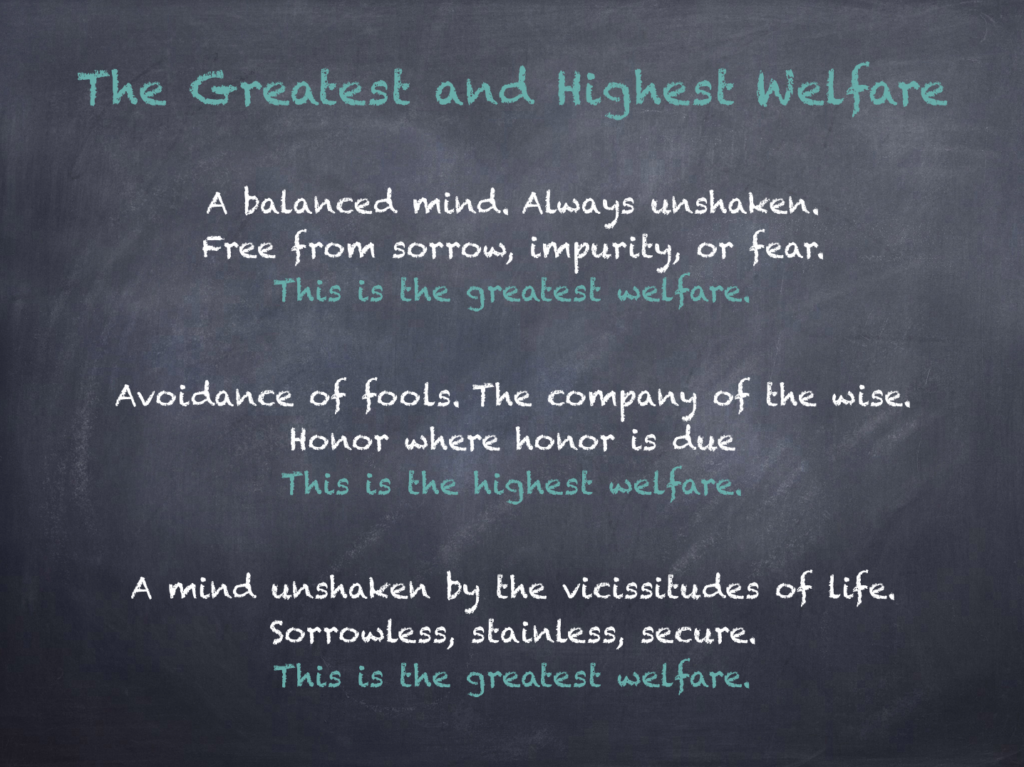
NOBILITY will be the key metric for leadership and citizenship.
This NOBILITY has absolutely nothing to do with birth, pedigree, class, status, rank, race, tribe, country, profession, group, etc.
This NOBILITY is derived from the ancient teachings of the Buddha.
A noble person is anyone who creates peace and harmony, or contributes to peace and harmony.
An ignoble person is anyone who contaminates peace and harmony.
By extension:
- Any spoken word, any verbal action, any speech that creates peace and harmony, or contributes to peace and harmony is Noble Speech.
- Any spoken word, any verbal action, any speech that contaminates peace and harmony is Ignoble Speech.
- Any action that creates peace and harmony, or contributes to peace and harmony is Noble Action.
- Any action that contaminates peace and harmony is Ignoble Action.
To learn more, study the Four Noble Truths, and the Noble Eightfold Path.
It is conceivable that in the year 4469, this could be a historical record of events:
- Revival and spread of Vipassana. 50 years. 1969 – 2019.
- Students, citizens and leaders around the world, commit to a new curriculum in education. 50 years. 2019 – 2069. The foundation of this curriculum is the cultivation of nobility, peace, and harmony. Slowly but surely, nobility, peace, & harmony become a new normal. Equanimity, objectivity, and detachment will be completely normal. Systematically, scientifically, and on scale, human defilements are dissolved and eradicated. Suffering is reduced and eventually eliminated.
- An era of universal nobility. An era of global peace and harmony. With no parallel in human history. 2,400 years. 2069 – 4469.
I’ll give this scenario a 15% – 50% probability.
If this does not happen, then the indefinite coexistence of human defilements and increasingly ubiquitous annihilation weapons-technologies will result in the elimination of humans.
Back to our imaginations. We have time-traveled to the year 4469. We have been asked:
Question
Looking back 2,500 years, which event from the year 1969 had the most beneficial and long-lasting impact?
My Answer
The return of Vipassana mediation technique and teachings from Burma to India.
The travel of Vipassana meditation teacher extraordinaire, messenger of inner peace, S.N. Goenka from Burma to India.
___________________________________________________________
Where did such ideas come from? When and where did all this start?
Part 3 of 7: The Story of Buddha
If, in the future, you can find the time, please consider watching the 2-hour documentary “The Buddha”. https://youtu.be/EDgd8LT9AL4
History is history. Story is story. Here’s a combination of history and story. Please accept what you can. Please feel free to put aside the rest. Please be aware that there are very many versions of this history-story.
This is a story of a prince who became Buddha. He is sometimes spoken of as “The Super Scientist of Inner Peace” or “The Super Scientist of Spirituality”
About two thousand five hundred years ago a child was born to a ruler of a minor kingdom in what is now the border of India and Nepal.
It was prophesied that this child, Siddhartha Gotama, would either become a great conqueror and the ruler of a vast empire, or that this child would become a spiritual seeker and an enlightened being.
The king preferred his son to become a conqueror and ruler of empire. The prince was shielded from any and all influences that might nudge him towards spiritual seeking.
For nearly 30 years Siddhartha Gotama lived a princely life of privilege and plenty, his every need and wish granted. He was a good student and a good person. Confined, provided for, and secure, he was not exposed to suffering, old age, sickness, or death. He was unaware these realities. He was ignorant of life’s many harsh realities.
At the age of twenty-nine, four encounters were to change the trajectory of this prince’s life. In the first three encounters, the prince saw an old person, a sick person, and a corpse. The suffering accompanying old age, sickness, and death moved him greatly.
Why, he wondered, is there so much suffering accompanying old age (change), sickness, and death (impermanence), when these are life’s inevitabilities?
How, he wondered, can we eliminate the suffering that accompanies inevitable aging, inevitable sickness, and inevitable death?
How, he wondered, can we be “all-right” with life’s unavoidable vicissitudes?
His fourth encounter was with a saintly person, a spiritual seeker who was dwelling on similar questions. A person who was trying to liberate himself from the suffering that the prince had newly discovered.
Prince Siddhartha Gotama decided to follow this route to find answers to his questions. So left his kingdom and walked away from a life of family, privilege, and power to become a spiritual seeker.
He was seeking answers to questions like this, “How can we eliminate suffering associated with life’s inevitabilities—change, sickness, impermanence?
He became a renunciate. He studied with the most advanced teachers, gurus and saints. He was a superb student. He was disciplined. He had strong determination. Yet after learning all that he could from his teachers, from the best of the best, from the cutting edge of knowledge, he still had no satisfactory answers to questions like, “How can we eliminate suffering associated with life’s vicissitudes?”
He left his teachers and continued with renunciation and extreme deprivation. One morsel of food a day. He subjected his body to pain and tremendous physical hardship. The belief then was that punishing the body could help reduce its control over the mind, which could help to free the mind. And this freer mind would provide wisdom and serenity. Still he found no answers.
Six years passed. Still no answers. Siddhartha Gotama was now 35 years old. He was emaciated. His body was wasting away. He was at the doorstep of death.
He thought to himself; I’ve lived a life of great power, wealth, pleasure, and privilege. I lived a life of the highest scholarship. I lived a life of renunciation and extreme deprivation. And I still haven’t found answers to questions like, “How can we eliminate suffering associated with life’s vicissitudes?” What should I do now?
He decided to settle for a “middle path”. After a very long time, he had a normal regular meal. And he decided that going forward, he would live a balanced life. And he decided that he would henceforth trust himself, and look within himself for his answers.
And then, in one of history’s more famous stories, he said to himself, “I am now going to sit under this tree, will meditate deeply on all I’ve learned and experienced, will think for myself. And I will not move from this spot until I have found my answers. It doesn’t matter if my skin, my blood, my flesh and my bones turn to dust, I will not move until I have found my answers.”
And he found answers deep within himself. He found a solution based on deep thinking, deep concentration, deep insight, deep connection to his own experiences, his knowledge of himself, and his expanded awareness.
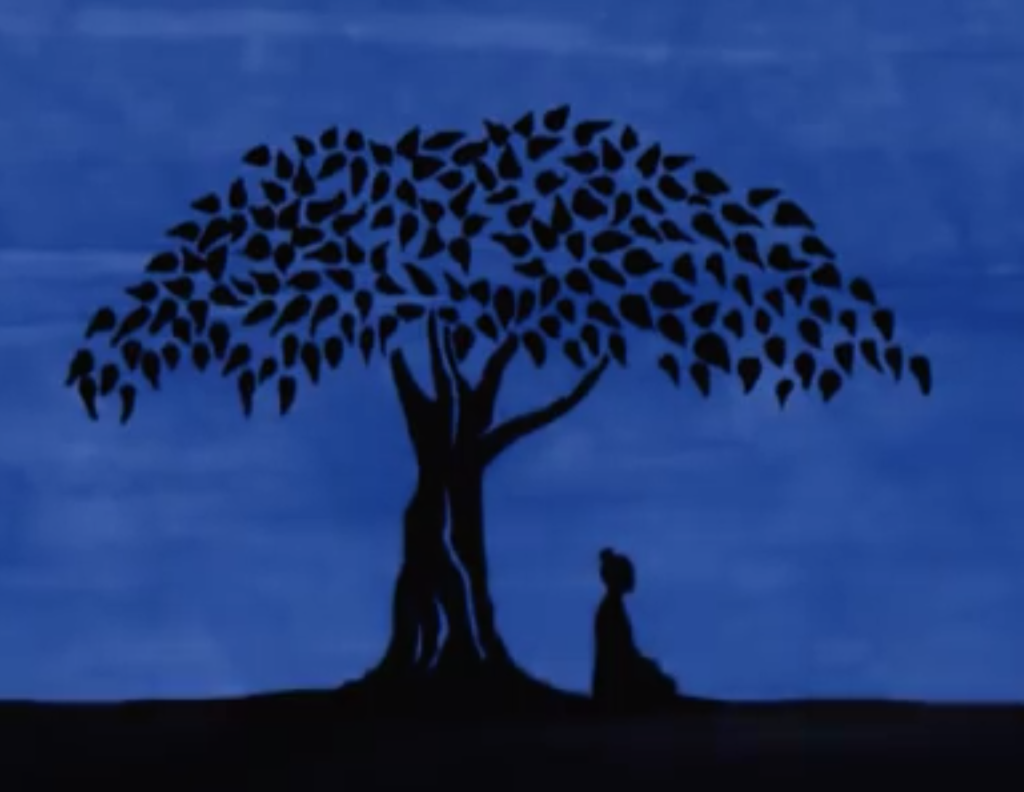
He would later say to his followers, “The world is full of pain and sorrow. But I have found serenity that you can find too.”
Today we would think of him as a scientist, for this approach and achievement. Indeed this argument is made by Rick Hanson in his book “Buddha’s Brain”. QUOTE To solve problems, we need to understand causes. Great physicians, psychologists, and spiritual teaches are master diagnosticians. For example, in his Four Noble Truths, the Buddha identified an ailment (suffering), diagnosed its cause (craving: a compelling sense of need for something), specified its cure (freedom from craving), and prescribed a treatment (Eightfold Path) UNQUOTE
Siddhartha Gotama became known as the Buddha. Today he is remembered as being one of history’s foremost enlightened and liberated beings.
People noticed a change in him. He was radiant, calm, and compassionate. Free from suffering.
People asked him, “How?”
And over the next forty-five years, till the age of eighty, he taught, and he travelled, and he taught, and he travelled, and he taught, and he travelled. The Buddha is frequently and reverently referred to as the greatest teacher in world history.
He taught a morality-concentration-wisdom technique.
His teachings and schools were open to all. Open to all castes and all societal segments. Including women. This was radical and revolutionary for those rigid times.
And above all, his teaching were “For the benefit of all”.
He repeatedly told his students, “You are your own master. You must do the work. You must experience who you really are at the deepest level. You must acquire concentration and wisdom through your own effort, discipline, and experience. I can only show you the path, the highway.”
In the documentary “The Buddha”, the Dalai Lama points out that Buddha encouraged his followers, his students, to debate and argue. He said to his followers, “You should not accept my teaching out of admiration, blind faith, or devotion; but rather your own experiment. Hard work is required. Investigate based on reason. If my teachings contradict something from your experience, you have the right to reject it.”
The same documentary reports that as Buddha lay on his deathbed, his last words to his followers were, “It may be that after I’m gone some of you will think you have no teacher. That is not how you should see it. Let the Dhamma and the discipline that I have taught you be your teacher. All individual things pass away. Strive on. Untiringly.”
Students of the Vipassana technique discover for themselves that all suffering originates from within. Suffering is an inside job. And the technique provides a way to eliminate suffering at its deepest internal source.
The teachings and technique are built on a foundation of “Four Noble Truths” and a “Noble Eightfold Path”.
In the decades and centuries that followed Buddha’s awakening to his true nature, his liberation from suffering, the technique, the teachings, nobility, peace and harmony spread across India. About 300 years after Buddha, an Indian emperor, Ashoka, made the dissemination of this universal technique and teachings a central feature of his rule. For the benefit of all. And then the teachings spread to neighboring countries, and around the world. For the benefit of all. Relics and inscriptions from that era can still be seen across India and around the world today.
It was an era—perhaps even a golden age—of about 500 years across India and its neighboring countries.
___________________________________________________________
Part 4 of 7: What is Vipassana?
If, in the future, you can find the time, please consider watching the ~55-minute documentary “Doing Time, Doing Vipassana”. https://youtu.be/WkxSyv5R1sg
Vipassana is a journey of discovery, taken with closed eyes. The goal is not simply to satisfy the traveller’s curiosity, but to get transformed by the journey.
Continuous awareness of physical sensations, without reacting, is the core of the Vipassana practice.
Description of Vipassana:
- Vipassana is an ancient meditation technique. The word Vipassana means seeing things as they really are.
- It is the process of self-purification by self-observation.
- One begins by observing the natural breath to concentrate the mind.
- With a sharpened awareness one proceeds to observe the changing nature of body and mind and experiences the universal truths of impermanence, suffering and egolessness.
- This truth-realization by direct experience is the process of purification.
- It can be freely practiced by everyone, at any time, in any place, and will prove beneficial to one and all.
What Vipassana is not:
- It is not a rite or ritual based on blind faith.
- It is neither an intellectual nor a philosophical entertainment.
- It is not a rest cure, a holiday, or an opportunity for socializing.
- It is not an escape from the trials and tribulations of everyday life.
What Vipassana is:
- It is a technique that will eradicate suffering.
- It is a method of mental purification which allows one to face life’s tensions and problems in a calm, balanced way.
- It is a simple, practical way to achieve real peace of mind, and to lead a happy, useful life.
- It is an art of living that one can use to make positive contributions to society.
What’s in it for students?
Students learn how to observe objectively, all the sensations in their bodies, whatever they may be, without reacting to them. They watch emotions come and go. They watch pain come and go. They watch pleasure come and go. And they realize, not intellectually, but through their own experience, that nothing is permanent. Hatred, passion, greed, are not abstract anymore.
Through Vipassana, students realize that their own attitudes and addictions, suffering and happiness, are not caused by the outside world. It is the reactions to pleasant or unpleasant sensations the world evokes within the body, that dictate one’s actions, and conditions the mind.
By watching the physical sensations accompanying these emotions, and by understanding their impermanent nature, students can actually start changing the habit of blind reaction.
Between the two poles of expression and suppression, lies a third option, mere observation.
Disclosure: All the above “What is Vipassana?” text is taken directly from (1) the documentary “Doing Time, Doing Vipassana”, and (2) from a pamphlet about Vipassana Meditation, that I picked up when I attended my first Vipassana course.
If, in the future, you can find the time, please consider reading these books:
The Art of Living: Vipassana Meditation as Taught by S.N. Goenka. by William Hart, with S.N. Goenka
Meditation Now: Inner Peace through Inner Wisdom. by S.N. Goenka
Our Vipassana Meditation Teacher: Commemoration of the first anniversary of his passing. By Pariyatti Publishing
___________________________________________________________
Part 5 of 7: Comments on the Scientific Revolution
Seeking refuge in imagination again, if Vipassana had been discovered today, or alternately, if we were to discover another technique-teaching to “come-out-of-suffering” today, we would certainly think of it as a wellness program, or a suffering reduction program, derived from a scientific mindset and process.
Today we are living in the scientific-industrial age, which, interesting to note, also happens to be about 500 years old.
In his superb book “Sapiens”, historian Yuval Noah Harari argues that the scientific revolution came about because of “The Discovery of Ignorance”. Indeed he devotes an entire chapter to making the case, and he does it compellingly. He writes:
QUOTE
- Modern science differs from all previous traditions of knowledge in three ways. (1)The willingness to admit ignorance. (2)The centrality of observation and mathematics. (3)The acquisition of new powers.
- The scientific revolution has not been a revolution of knowledge. It has been above all a revolution of ignorance.
- Modern-day science is a unique tradition of knowledge, inasmuch as it openly admits collective ignorance regarding the most important questions.
- Modern culture has been willing to embrace ignorance to a much greater degree than any other previous culture.
UNQUOTE
Another statement about science that I’ve been hearing with increasing frequency goes something like this. “For most of the scientific revolution we have focused on the understanding and gaining knowledge and control over the world of matter.” We have greatly expanded our knowledge and control over physical things.
But now another scientific revolution seems to be underway. A greater understanding and knowledge and control of the world of mind is beginning to unfold.
While humans have made mind-boggling advances in our control over physical things, we do not know whether we suffer any less than our ancestors who lived before the scientific revolution. This is, to say the least, a strange situation. As a result of all the awesome advances brought about by the scientific and industrial revolutions, we absolutely and 100% ought to suffer less, i.e. be happier. But we have no idea if this is so.
I believe we are at an inflection point. At another discovery of ignorance. Let’s call it “The Discovery of Ignorance. Version 2”. We can now more easily admit to ourselves that we do not have accurate ideas and narratives of why we suffer and react the way we do. And we are willing to look, in a scientifically disciplined and enlightened way, for new answers. Using the best practices, discipline, and rigor of the scientific process.
In his book “The Magic of Reality: How We Know What’s Really True” author Richard Dawkins explains how the world really works. It is an introduction to a scientific world-view aimed at younger readers. The chapters have titles like, “Who was the first person?”, “Why are there so many different kinds of animals?”, “What are things made of?”, “What is the Sun?” What I found very interesting is the way he opens each chapter. He recalls myths and stories from the past, and then proceeds to give the more modern and scientific understanding.
For example, before answering the question “What is the Sun?”, he describes the beliefs – explanations of the Tiv tribe of Nigeria, the Barotse tribe of south-east Africa, the Japanese Shinto religion, various civilizations of South and Central America, the ancient Egyptian civilization, the ancient Greeks, the Norsemen, and the Hebrew tribe. As you can guess, all these explanations are fantastic myths. He then provides the scientific explanation that the sun is a star, no different from lots of other stars.
I feel, when it comes to knowing what’s really true about suffering, we are all partially in the non-scientific myths and story phase. We firmly believe that our suffering is caused by external events, external stories, external narratives, and various inter-subjective realities. We are unaware, even deeply ignorant of what is happening inside ourselves, inside our minds and bodies. And how the internal systems and processes within our bodies are actually generating our suffering.
Here’s a visual way to think about this.
- Draw a square. Imagine everything inside the square represents “Me”. My body, my mind, etc.. Anything that happens inside of “Me” happens inside this square. Anything that happens because of “I Am”, “I Exist” happens inside this square.
- On the left side of the square, imagine six arrows pointing inside. Let’s call these arrows “inputs”. Let the first five arrows represent sight, sound, smell, taste, and touch. Let the sixth arrow represent “all-other-inputs”, whatever they may be. Including thoughts & emotions, to the extent these are inputs. Including anything else from the environment, that has the potential to influence anything that happens inside the square.
- On the right side of the square, imagine two arrows pointing outwards. Let these arrows represent “outputs”. Vocal Action. Physical Action.
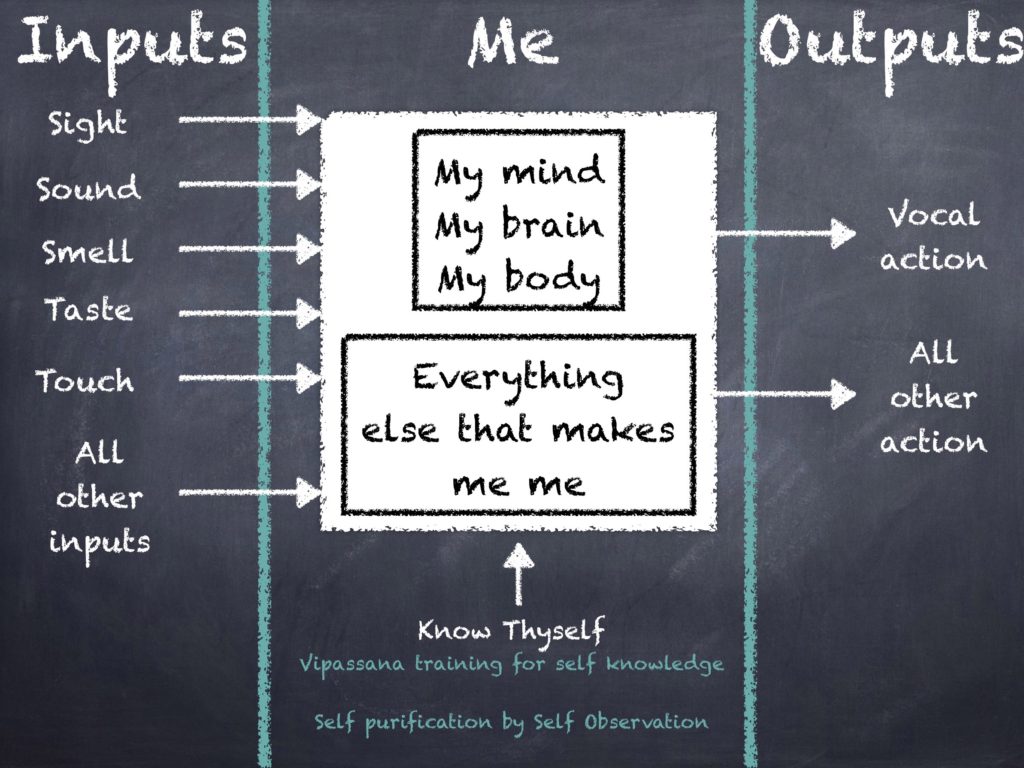
According the to literature of Vipassana that I have studied, and as per my understanding, this is what happens inside of us. Any input initiates a sequence of events:
- Consciousness. Cognition. Information that senses are activated. Signals are received.
- Recognition. Evaluation. Pattern recognition. The fresh input is compared with stored memories, and basis pattern recognition, is recognized and evaluated. These evaluations are frequently “a towards evaluation” (I like this. This is good) or “an away evaluation” (I don’t like this. This is not good).
- Internal systems decide some action is required and initiate a response. They allocate attention, resources, and energy to taking action. This very basic decision occurs at a bio-chemical level. It generates sensations, both pleasant (I like this. This is good) sensations, and unpleasant (I don’t like this. This is not good) sensations. These sensations can be sensed by a trained, focused, and present mind. Mostly of us are unaware of these sensations.
- These sensations then drive (mostly subconsciously) our default / automatic / blind reactions. This is our mental-conditioning.
With my engineering background, I’m drawn to, and attracted by this kind of systems thinking.
Now let’s imagine a real life situation. Let’s imagine that someone angers me by either disrespecting someone I respect, or deprecating someone or something I value. I get angry. When I get angry, I usually respond with aggression. My “habit-pattern”. My “blind-reaction”. My “default-program-response”. At this point, I will automatically respond with vocal and / or physical action. This is my mental-conditioning. If you were to ask me why I responded with aggression, I would blame the person who was disrespectful or deprecating. I am assigning cause of my actions to an external source. I am assigning the cause of my outputs to my inputs, and not to my internal systems.
If I am willing to review the situation in the light of “The Discovery of Ignorance. Version 2”, then I may recognize that the disrespectful & deprecating person merely provided inputs, (left side inward pointing arrows) which triggered-initiated a sequence of events inside of me. It was the combination of my internal memories and response systems that generated my unique response. I don’t like this. This is not good. Systems and processes inside the square generated my response. I reacted with aggression. Vocal action and physical action. Right side outward pointing arrows.
If I am ignorant of the inner workings within the square, then I assign blame (assign causality) to the inputs for my outputs.
This thinking also explains why different people have different outputs to identical inputs.
Vipassana mediation is a training for getting to know ourselves, and our internal habit patterns at the sensation level. Once we know this from our direct experience, it becomes abundantly clear to us that we are 100% responsible for generating our outputs. I’ll repeat, our internal systems are 100% responsible for generating our outputs.
To reiterate an earlier segment:
Students learn how to observe objectively, all the sensations in their bodies, whatever they may be, without reacting to them. They watch emotions come and go. They watch pain come and go. They watch pleasure come and go. And they realize, not intellectually, but through their own experience, that nothing is permanent. Hatred, passion, greed, are not abstract anymore.
Through Vipassana students realize that their own attitudes and addictions, suffering and happiness, are not caused by the outside world. It is the reactions to pleasant or unpleasant sensations the world evokes within the body, that dictate one’s actions, and conditions the mind.
By watching the physical sensations accompanying these emotions, and by understanding their impermanent nature, students can actually start changing the habit of blind reaction.
I believe that this combination of “Discovery of Ignorance. Version 2”, with scientific investigation into the world of mind, and existing knowledge from the world of meditation will result in revolutionary way of knowing and understanding our minds, our bodies, and our blind reactions. And will give us new capabilities, new insights and new tools to eliminate human defilements and suffering.
If we can combine the best practices of 500 years of Buddha’s teachings, with the best practices of 500 years of the scientific revolution, with “Discovery of Ignorance. Version 2”, we may well be initiating a 2,500 year era of nobility, peace, harmony, equanimity and objectivity, with no parallel in human history.
If, in the future, you can find the time, please consider reading these three (Science & Meditation) books:
- Altered Traits: Science Reveals How Meditation Changes Your Mind, Brain, and Body. by Daniel Goleman & Richard J. Davidson
- Why Buddhism Is True: The Science and Philosophy of Meditation and Enlightenment. by Robert Wright
- Buddha’s Brain: The Practical Neuroscience of Happiness, Love, & Wisdom. by Rick Hanson PH.D. with Richard Mendius, MD
___________________________________________________________
Part 6 of 7: International Day of (Inner) Peace
Basis my current understanding and experience, inner peace always precedes outer peace. Peace is first created inside of ourselves, the square, and only then expressed as peaceful vocal action and/or peaceful physical action, the right side outward pointing arrows. As surely as suffering is primarily an inside job, so too is peace primarily an inside job.
It is interesting to know that there is an International Day of Peace (“Peace Day”) which is observed around the world each year on 21 September. Established in 1981 by unanimous United Nations resolution, Peace Day provides a globally shared date for all humanity to commit to Peace above all differences and to contribute to building a Culture of Peace. https://internationaldayofpeace.org/
I think a time will soon come, when the combination of unfolding science-of-mind, increasing knowledge of meditation, and Discovery of Ignorance, Ver 2, will make it abundantly clear that there can be no real outer peace, without preceding inner peace.
Perhaps the time has come for another unanimous United Nations resolution to designate another day as International Day of Inner Peace (“Inner Peace Day”). A day on which all of us as individuals commit anew to taking responsibility for our own individual inner peace. And then building a global culture of peace and harmony on this necessary foundation.
For me, the choice of the date is obvious. It should be June 20th, the date on which Sayagyi U Ba Khin appointed S.N. Goenka a Vipassana Teacher. And entrusted him with the great responsibility of returning a priceless teaching to India. And then spreading it throughout the world. For the benefit of all.
In August 2000, over one thousand religious and spiritual leaders gathered at the United Nations to participate in the Millennium World Peace Summit. S.N. Goenka’s speech was particularly well received. https://youtu.be/Ty6QdT71R78. Here’s a small excerpt from the speech: To think of peace in the human society, we cannot ignore individuals. If there is no peace in the mind of the individual, I cannot understand how there can be real peace in the human world.
The ideas and language of the speech should form the bulk of the UN resolution.
Victor Hugo’s quote—Nothing is as powerful as an idea whose time has come—comes to mind. Individual inner peace is the only sure foundation of world peace. This is an idea whose time has come. May this idea be expressed with power and precision in a UN Resolution that establishes an International Day of Inner Peace (“Inner Peace Day”). Preferably on June 20th.
___________________________________________________________
Part 7 of 7: My Vipassana Voyage
This segment will be of very minor interest to most readers, specially readers who have not completed a 10-day Vipassana meditation course. So if you prefer, please feel absolutely free to proceed directly to the last section, “Summary, Tie Up, Connecting Some Dots, and Closing”
My Vipassana voyage began in January 2018. At the age of 58.
First, a little bit about me. I’m Rashid N. Kapadia, a fortunate man. I grew up in India in the 1960s and 1970s in a home full of love and contentment. My parents, who gave me a very good life, always set stellar standards, and they were sterling role models. I was fortunate to go to a historic boarding school steeped in rich historic traditions. High commitment to education, rationality, extra-curricular activities, scholarship, excellence, and discipline were demanded and expected. My environment and surroundings were primarily secular. Religion and spirituality were distant backgrounds awarenesses. Nothing more. These were the forces that shaped my life. I started out professionally as a marine engineering apprentice. I progressed from junior-engineer to chief-engineer. I moved to the US as a graduate student when I was in my mid-30s. I went on to become a manager and a project manager, and then branched into public speaking, even wrote a book on public speaking for engineers and project managers. I’m based in Houston TX. That’s me.
Back to my Vipassana voyage, which you will recall began in January 2018. At the age of 58.
I was familiar with, “Vipassana”, “SN Goenka”, “10-day silent meditation retreat” etc. for decades, because my mother had been attending 10-day Vipassana courses regularly from 1982. She always spoke glowingly about her experiences, and about the people she met.
I’d read a few books about mindfulness and meditation over the last 7 – 10 years and was increasingly convinced that indeed, “mindfulness is the new jogging”. The book that most influenced and persuaded me was written by a Google engineer Chade-Meng Tan called “Search Inside Yourself”.
Still, I had no serious interest, or real intention of taking up meditation. It just wasn’t something I saw as necessary, valuable, or worthwhile. I’d loosely tagged meditation as something I might experiment with in the future.
In 2015 I read Yuval Noah Harari’s book “Sapiens: A Brief History of Humankind” and was deeply influenced by it. It reshaped my thinking and worldview considerably. I judged Harari to be the most clear-thinking, most rational, least biased, least dogmatic thinker and writer I’d ever encountered.
In 2017 I got his next book, “Homo Deus: A Brief History of Tomorrow”. I was astonished to read the dedication; “To my teacher, S. N. Goenka (1924 – 2013) who lovingly taught me important things.” And I was puzzled.
I just couldn’t make a connection. A ultra-educated historian, an ultra-rational thinker-writer, and a thought leader, seemed to have no connection to meditation in my mind.
I called my mother and told her that one of my favorite authors was a Vipassana student too. I asked her to tell me more about Vipassana. I also began researching it online.
I was especially interested in learning why Harari had dedicated his second book to his teacher. I listened to a few YouTube clips. I heard Yuval Noah Harari saying:
- I completed my first 10-day Vipassana course when I was a PhD student at Oxford university. Since then, for the last 18 years, I’ve meditated one hour every morning, and one hour every evening. And I try and complete a 30 or 60 day meditation retreat every year.
- I don’t think I could have written my books without (1) the focus and (2) the discipline and (3) ability to separate fact and story, had I not taken up Vipassana meditation.
- Vipassana meditation is the least dogmatic thing I ever encountered in life.
You can watch a ~10-minute interview segment of Yuval Noah Harari discussing his Vipassana connection here: https://youtu.be/i1_YhlXiuxE
This aroused my curiosity greatly.
I began to watch YouTube clips from other students who’d completed these courses. They were from all over the globe. Some of the clips had tens of thousands of views. Most of the speakers on the clips spoke appreciatively, even glowingly of their experiences. And about feeling fundamentally changed. And about these ten days representing a unique accomplishment. There were a few negative reviews too.
I experimented with some meditation on my own. It was not easy, but not that hard either.
I decided to apply for a 10-day Vipassana meditation course. I was accepted. I completed the course. I knew that I would continue. I had inadvertently discovered a precious gem, a treasure.
My top three takeaways from my first 10-day course:
- This is really hard work. Oh dear me … this is really hard work. It is my duty, my responsibility, to work really hard for all ten days. To be grateful for this gift that has been given to me by past and unknown students. And to take advantage of every minute that has been granted to me. Every minute. No slacking off. No shirking. No excuses.
- I had no idea that my mind wandered so continuously, so rapidly, and so relentlessly. Or that I had so little control over it. I felt a bit like a tourist visiting the control room that was responsible for regulating my life. Oh dear me … so this is what is happening. I have plenty of long-term work to do to remedy this!
- Indeed, all my suffering, anger, resentment, etc., is an inside job. 100% inside job. And I now have an option, a technique, to dissolve these defilements. I can actually sense, inside my body, the onset/initiation of these defilements. These sensations, both pleasant and unpleasant, are like an early warning system. And by calmly (and curiously) observing these sensations with equanimity, objectivity and detachment, I can free myself of my blind/automatic/default reactions. I have options. This is good!
Where am I now?
- I try to meditate between 1 – 2 hours daily.
- I try and attend weekly “1-hour group sittings”.
- I try and attend monthly “1-day courses”.
- I plan to take a 10-day course annually.
- I plan to serve (volunteer) a 10-day course once every 3 years.
- I’ve created and maintained a “Vipassana Voyage Video Log” to track my progress and insights. The plan is to make one video every 3 -6 months. And to occasionally write essays like this one.
- I plan to reread 3 or more Vipassana (& other meditation) books every year.
- I plan to listen to all 11 Discourses regularly.
- I am aware that I’ve discovered a precious gem. A treasure.
I consider myself a novice. I am aware that my mind wanders continuously, rapidly, and relentlessly. This seems like an endless internal battle. This is a long-term endeavor. But I am making progress. I’ve completed my second ten day course as a student, and I’ve also served a ten day course. I can now, only occasionally, complete one hour sittings without moving at all, or opening my eyes. There is plenty of room for progress and improvement. And all too often, 1-hour meditation sittings are still too hard.
Why am I continuing? What’s in it for me?
Given that it takes so much effort and time, why have I decided to long-term commit to doing Vipassana meditation?
For the same reasons I try to:
- Get optimal rest. Sleep sensibly and responsibly.
- Exercise. Adequately and regularly. Avoid injury.
- Eat sensibly. Small portions. Healthy foods only. Avoid excess sugars, salts, fats. Avoid processed foods.
- Have excellent relationships. With everyone.
Clearly, every one, including me, is better off by committing to the above list of best-practices. Even though we are seldom optimally successful.
I now see meditation as a form of “exercise” and “training”—for the mind. It is a foundational part of “good-habits-for-life”. It is “healthy and nourishing mind food”. It also helps cleanse the mind of impurities and defilements on a daily basis. There is no magic here. It is simply another internal process, one that we will better understand as scientific investigation advances and unfolds.
My two favorite definitions of meditation both come from Harari:
- Meditation is any method for the direct observation of one’s own mind.
- Meditation is a training for people to observe their own minds systematically.
And I found this from Harari to be particularly helpful; QUOTE. Though many religions have made extensive use of various meditation techniques, this doesn’t mean that meditation is necessarily religious. Many religions have also made extensive use of books, yet that doesn’t mean that reading books is religious practice. UNQUOTE
Benefits I seek:
The primary benefit I seek is “The Greatest Welfare”.
- When I’m faced faced with all the ups and downs of life, still my mind remains unshaken, not lamenting, not generating defilement, and always feeling secure.
- A mind that is unshaken by the vicissitudes of life. A mind that is secure, stainless, and sorrowless.
Secondary benefits I seek are:
- The kind of focus and discipline that Yuval Noah Harari talks about.
- The ability, like Yuval Noah Harari’s, to separate fact and story.
- More equanimity.
- More objectivity.
- More detachment. More non-attachment. Also referred to as “Sacred Indifference” or “Holy Indifference”.
- More serenity.
Finally, from the Vipassana literature and pamphlets I’ve picked up:
QUOTE
Equanimity gives rise to four qualities of a pure mind:
- Goodwill.
- Love that seeks the benefit of others, without expecting anything in return.
- Compassion for others in their failings and sufferings.
- Sympathetic (genuine) joy in the success and good fortune of others.
UNQUOTE
I absolutely & 100% would like to default more and more to these four qualities.
I am very grateful that I stumbled across and have taken up Vipassana meditation. I wish I had started much earlier in life.
___________________________________________________________
Summary, Tie Up, Connecting Some Dots, and Closing
We have painted over a wide canvas. We have travelled across 5,000 years. Time to summarize, connect some dots, tie up some loose ends, and close.
Around 2,500 years ago a remarkable young man, born into highest privilege, decided to investigate the cause of suffering, even though it would cost him everything. It led to an arduous six year journey. He prevailed. He discovered a cause and prescribed a remedy. The Four Noble Truths, and Noble Eightfold Path. He came to be known as the Buddha. He was an outstanding teacher. Buddha spent 45 years traveling and teaching others how to come out of suffering.
The technique and the teachings spread far and wide.
Approximately three hundred years after the Buddha, Emperor Ashoka decreed that the teachings and technique, also referred to as “Universal Law”, or “Dhamma”, be made a central pillar of his rule. He had teachers trained, and sent them far and wide. All over India. And then across the world. For the benefit of all.
It was an era—perhaps even a golden age—of about 500 years across India and its neighboring countries.
Over time, the teachings and the technique got altered and changed, even corrupted. They lost some of their efficacy. They became a religion. They became rites and rituals. They became sectarian. They lost some of their non-sectarian, no-rites-no-rituals, for-the-good-of-all, core characteristics.
However, in one place, Burma, the technique and teachings were maintained in pristine purity for around 2,000 years. Why? Because of a belief in a prophecy that Burma, then known as Suvarṇabhūmi (Golden Land) would be responsible for preserving the technique and teachings, in pristine purity. And … the prophecy continued … even if the teachings and technique were lost everywhere in the world, they would not be lost in Burma. And that Burma would, 2,500 years after the Buddha, return the technique and teachings to India, the land of its origin. From where they would spread throughout the world.
Two thousand five hundred years passed. The Clock Of Vipassana Struck! A leading Vipassana teacher in Burma, Sayagyi U Ba Khin ardently believed that the time had come to return the technique and teaching to India. His student, another young leader in Burmese society S.N. Goenka was returning to India. Sayagyi U Ba Khin promoted S. N. Goenka to a Vipassana Meditation Teacher and entrusted him with a great responsibility: “Return this priceless teaching to India. And then spread it throughout the world. For the benefit of all”.
In June 1969 S.N. Goenka returned to India. He conducted the first 10-day Vipassana meditation course in Bombay on July 3, 1969. S.N. Goenka was a teacher, organizer, and leader extraordinaire. And … slowly but surely, the technique and teachings of Vipassana meditation spread across India … and then around the world. For the benefit of all. The prophecy came true.
Around 500 years ago our species, Homo Sapiens, started a scientific and industrial revolution that would transform the planet on a scale and at a speed never seen before in history. It was initiated by “The Discovery of Ignorance.” In 1945 with the creation of the first atomic bomb, humans acquired the ability to destroy themselves and their planet. We came perilously close to thermonuclear annihilation during the 1962 Cuban Missile Crisis. People who lived through the crisis remember it as being a time of unprecedented global anxiety.
The indefinite coexistence of human defilements AND increasingly ubiquitous knowledge to create annihilation weapons will result in the elimination of Homo Sapiens.
Something will have to change if our species is to live and thrive for the coming 2,500 years. If humans can systematically, and on scale, eliminate human defilements in a universal, non-sectarian, sensible, strategic, and scientific way, we may just make it to the year 4469.
I believe that a silent global revolution to eliminate these defilements began in July 1969 when the Vipassana meditation technique and teachings returned to India.
If as humans, we neither destroy ourselves, nor our environment, and make it to the year 4469, we may look back 2,500 years and identify the return of Vipassana from Burma to India, as the most impactful historical event of the year 1969.
By combining the best practices of 500 years of the Buddha’s teachings, with the best practices of 500 years of the scientific revolution, with the Discovery of Ignorance, Ver 2, we may well be initiating a 2,500 year era of nobility, peace, harmony, equanimity, balance, and objectivity, with no parallel in human history.
Around the time of the Cuban Missile Crisis, musician and song writer—now Nobel Laurette—Bob Dylan released a song called “A Hard Rain’s A-Gonna Fall”. It is a 7-minute episodic masterpiece, with apocalyptic imagery that captured the anxiety and dark mood of those dangerous times. And it reminds me of the devastation that human defilements can inflict on the human race. Here, as a sample, are few lines from that song:
Oh, what did you see, my blue-eyed son?
Oh, what did you see, my darling young one?
I saw a newborn baby with wild wolves all around it.
I saw a highway of diamonds with nobody on it.
…
I saw ten thousand talkers whose tongues were all broken
I saw guns and sharp swords in the hands of young children
Dylan folklore tells us that he initially wrote the fourth line as “I saw a highway of golden with nobody on it”.
A line that, for me, captures perfectly of the role that Vipassana meditation can play in our times.
Vipassana meditation—the teachings and the technique—is a highway of golden; with more and more and more people all around the world a-steppin onto it. A highway that Buddha pointed out to his followers millennia ago. A highway that was preserved in Suvarṇabhūmi, “Golden Land” for over two thousand years. A highway that returned to its country of origin in 1969. A highway that has now spread throughout the world. For the benefit of all.
I stepped onto this “Highway of Golden” in January 2018.
I invite you step on it too. Consider completing a 10-day Vipassana training course. It may or may not be optimal for you. But, if you decide to do it, please, give it a full and fair trial. It may change you, and help you live with a little more balance, and a little more equanimity. And with a little less suffering. Imagine Buddha saying these words directly to you, “The world is full of pain and sorrow. But I have found serenity that you can find too.” And here’s fair warning. It is hard work. It is really and truly hard work … So what? … Well over a million students have completed the training … So can you … Be willing to be guided by Buddha’s last words, “Strive on. Untiringly.”
Final reminder:
- Vipassana is an ancient meditation technique. The word Vipassana means seeing things as they really are.
- It is the process of self- purification by self-observation.
- It can be freely practiced by everyone, at any time, in any place, and will prove beneficial to one and all.
Vipassana is not:
- It is not a rite or ritual based on blind faith.
- It is neither an intellectual nor a philosophical entertainment.
- It is not a rest cure, a holiday, or an opportunity for socializing.
- It is not an escape from the trials and tribulations of everyday life.
Vipassana is:
- It is a technique that will eradicate suffering.
- It is a method of mental purification which allows one to face life’s tensions and problems in a calm, balanced way.
- It is a simple, practical way to achieve real peace of mind, and to lead a happy, useful life.
- It is an art of living that one can use to make positive contributions to society.
We have come to the close of a long and meandering essay. Let me leave you now, my fellow citizens—all of us Homo Sapiens, sharing a small and precious planet—with some words and ideas of then president elect John F. Kennedy (from his January 9, 1961 “The City Upon a Hill” speech delivered to the Massachusetts State House) as he prepared for his ascendency to the presidency: Significantly modified by yours truly, to suit our topic, and our times.
For of those to whom much is given, much is required.
And when at some future date the high court of history sits in judgment on each one of us—recording whether in our brief spans we fulfilled our responsibilities to each other, our success or failure will be measured by our answer to this question: Were we citizens who committed to nobility, and who contributed to peace and harmony?
Nobility, peace, harmony, equanimity, balance, objectivity. These are the qualities which are “the-need-of-our-times”. And these are the qualities we hope will characterize human conduct in the decades, centuries, and millennia that lie ahead. The qualities that will allow each and every one of us to do our part in building “A Highway of Golden” for all future generations.
___________________________________________________________
ADDENDUM: References and Recommended Resources
Referenced & Recommended books
- The Innovators: How a Group of Hackers, Geniuses, and Geeks Created the Digital Revolution. by Walter Isaacson
- The Art of Living: Vipassana Meditation as Taught by S.N. Goenka. by William Hart, with S.N. Goenka
- Meditation Now: Inner Peace through Inner Wisdom. by S.N. Goenka
- Our Vipassana Meditation Teacher: Commemoration of the first anniversary of his passing. By Pariyatti Publishing
- Sapiens: A Brief History of Humans. Yuval Noah Harari
- The Magic of Reality: How We Know What’s Really True. by Richard Dawkins
- Altered Traits: Science Reveals How Meditation Changes Your Mind, Brain, and Body. by Daniel Goleman & Richard J. Davidson
- Why Buddhism Is True: The Science and Philosophy of Meditation and Enlightenment. by Robert Wright
- Buddha’s Brain: The Practical Neuroscience of Happiness, Love, & Wisdom. by Rick Hanson PH.D. with Richard Mendius, MD
- Search Inside Yourself: The Unexpected Path to Achieving Success, Happiness (and World Peace). by Chade-Meng Tan
Referenced & Recommended Documentaries & Videos
- The Fog of War: 11 Lessons from the life of Robert S. McNamara. http://freedocumentaries.org/documentary/the-fog-of-war#watch-film
- The Buddha https://youtu.be/EDgd8LT9AL4
- Doing Time, Doing Vipassana https://youtu.be/WkxSyv5R1sg
- 10-minute interview segment of Yuval Noah Harari discussing his Vipassana connection https://youtu.be/i1_YhlXiuxE
Referenced & Recommended Article, Speeches and Song
- Overlooked No More: S.N. Goenka, Who Brought Mindfulness to the West https://www.nytimes.com/2019/04/03/obituaries/sn-goenka-overlooked.html
- S.N. Goenka UN speech. August 2000. Millennium World Peace Summit. https://youtu.be/Ty6QdT71R78.
- A Hard Rain’s A-Gonna Fall. Bob Dylan. http://www.bobdylan.com/songs/hard-rains-gonna-fall/. https://youtu.be/T5al0HmR4to
- The City Upon a Hill. John F. Kennedy. https://www.jfklibrary.org/learn/about-jfk/historic-speeches/the-city-upon-a-hill-speech
Two Vipassana related TED Talks
- Vipassana Meditation and Body Sensation. Eilona Ariel. TEDxJaffa 2013. https://youtu.be/ixu4Kd5R1DI
- The Only Way Out is In. Jenny Phillips. TEDxBoston. 2011. https://youtu.be/150cqgYh8sQ
Some Other Videos
- Experiences of (European) Vipassana Meditators. https://youtu.be/OT1_29yHH5E
- My “Vipassana Voyage Videos” can be viewed on this playlist. https://www.youtube.com/playlist?list=PL_xUb-mxY20FO7E0mBGANzNdGbAbZXQdM
___________________________________________________________
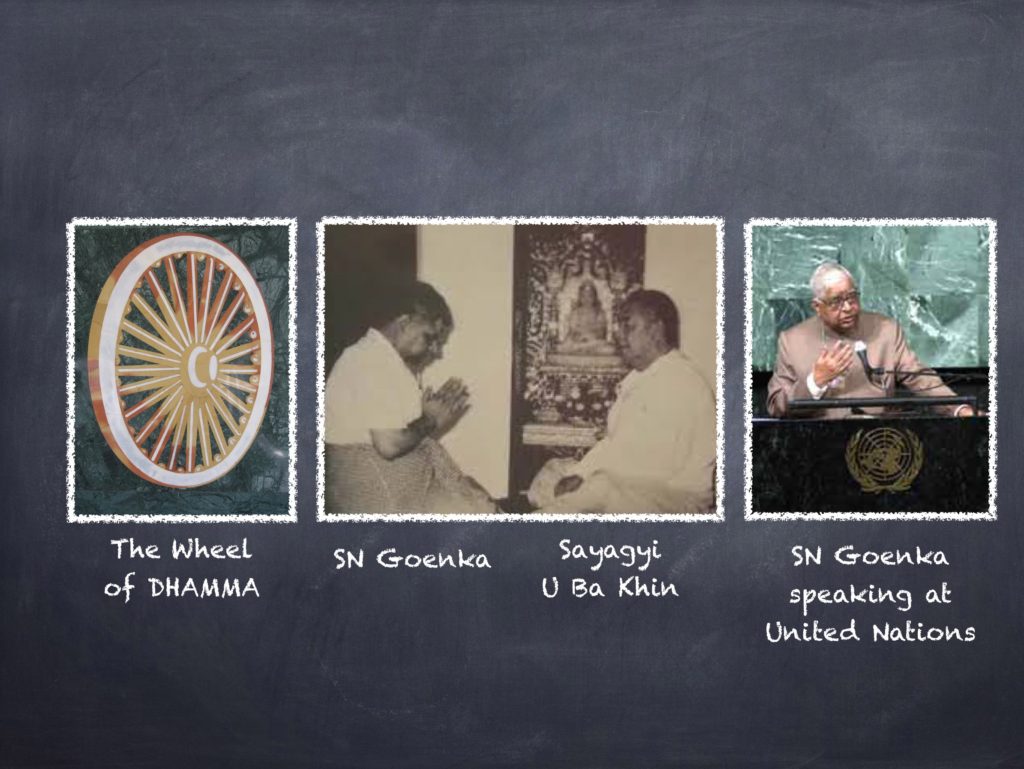
___________________________________________________________
#Vipassana #VipassanaMeditation #Goenka #SNGoenka #SayagyiUBaKhin #Burma #India #SpreadOfVipassanaMeditation #TheBuddha #Buddha #SiddharthaGotama #Suffering #Liberation #Enlightenment #Nobility #TheGreatestWelfare #Peace #Harmony #Equanimity #Balance #Objectivity #Serenity #Morality #Concentration #Wisdom #Sila #Samadhi #Panna #SilaSamadhiPanna #YuvalNoahHarari #Sapiens #HomoDeus #1969 #1969FiftyYearsLater #Prophecy #AncientProphecy #CubanMissileCrisis #FogOfWar #RobertMcNamara #RobertSMcNamara #BobDylan #HardRainAGonnaFall #JFK #JohnFKennedy #CityUponAHill #CityUponAHillSpeech
___________________________________________________________
___________________________________________________________
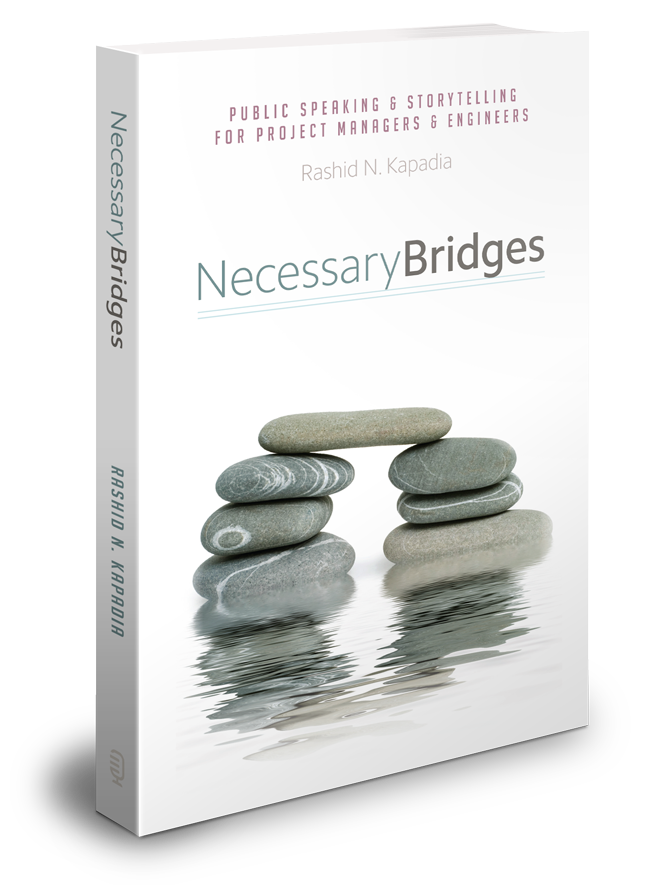
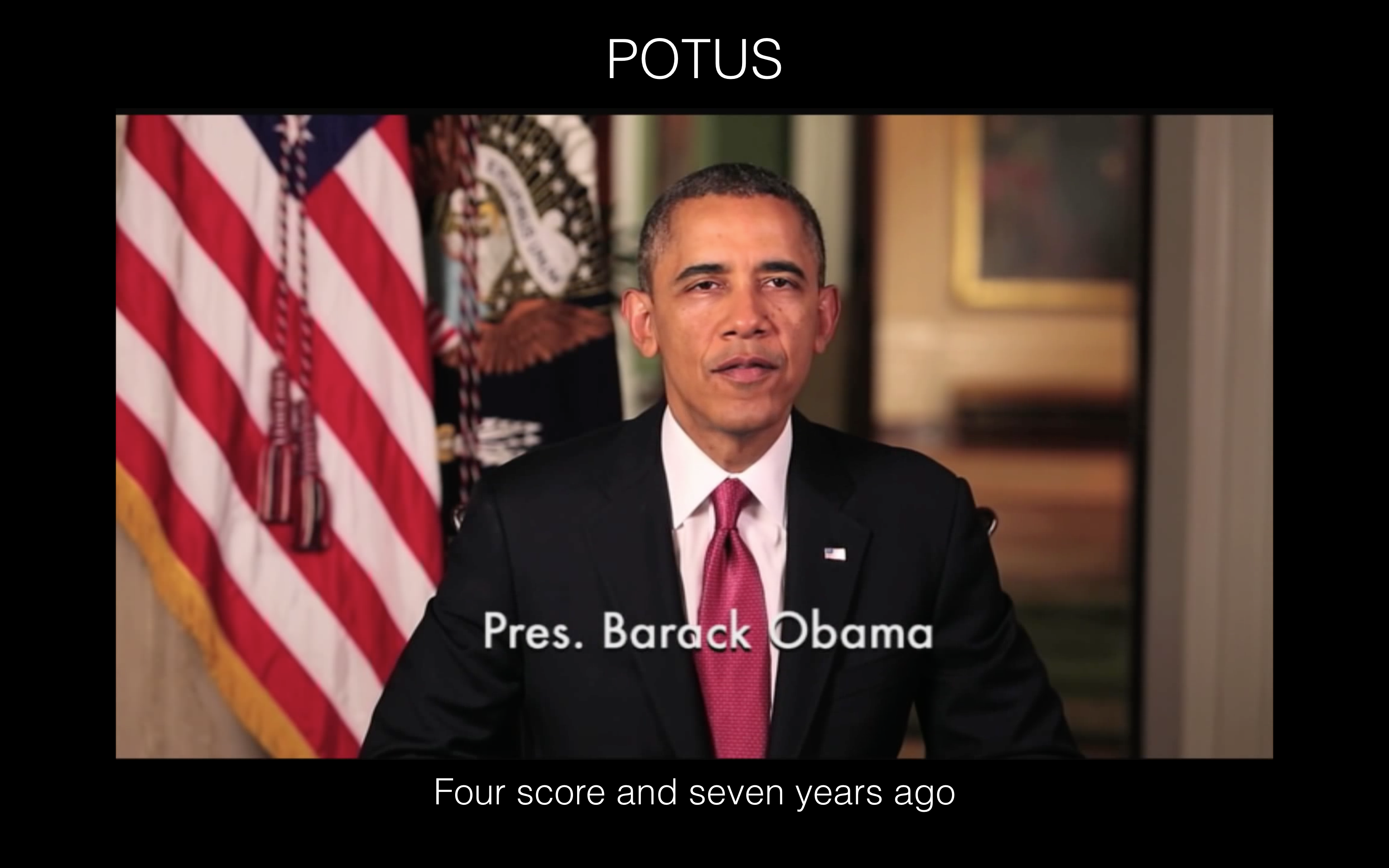
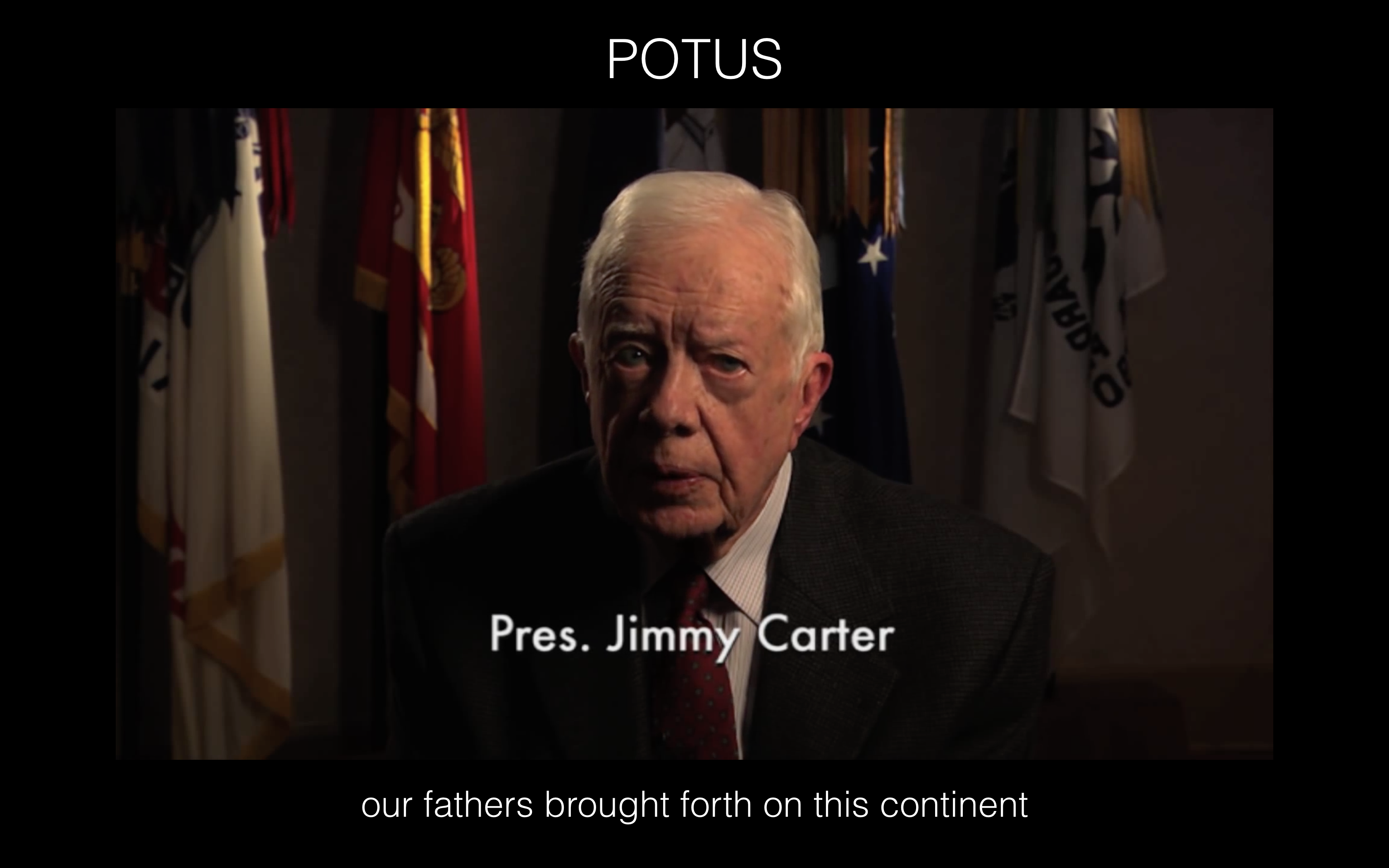
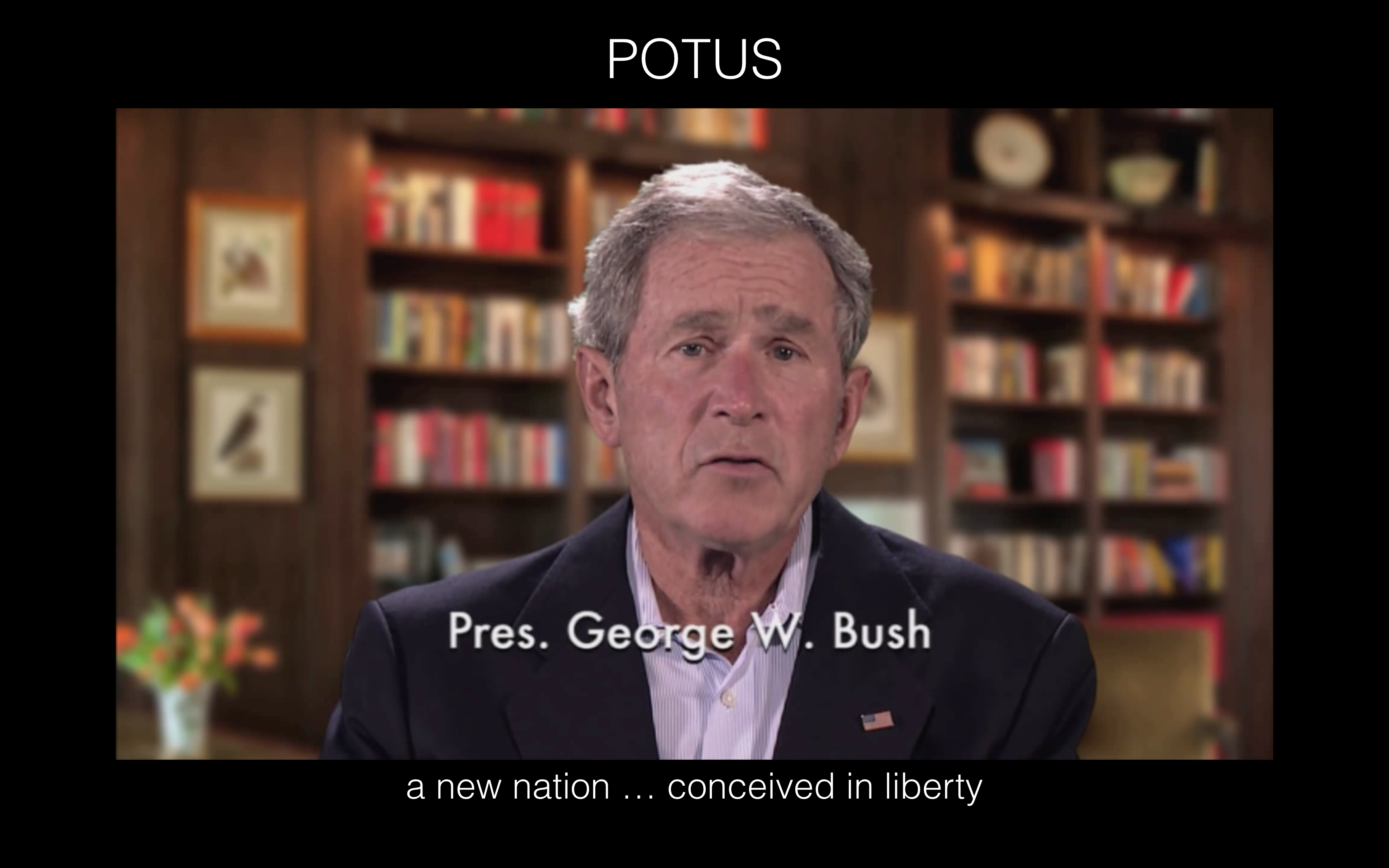
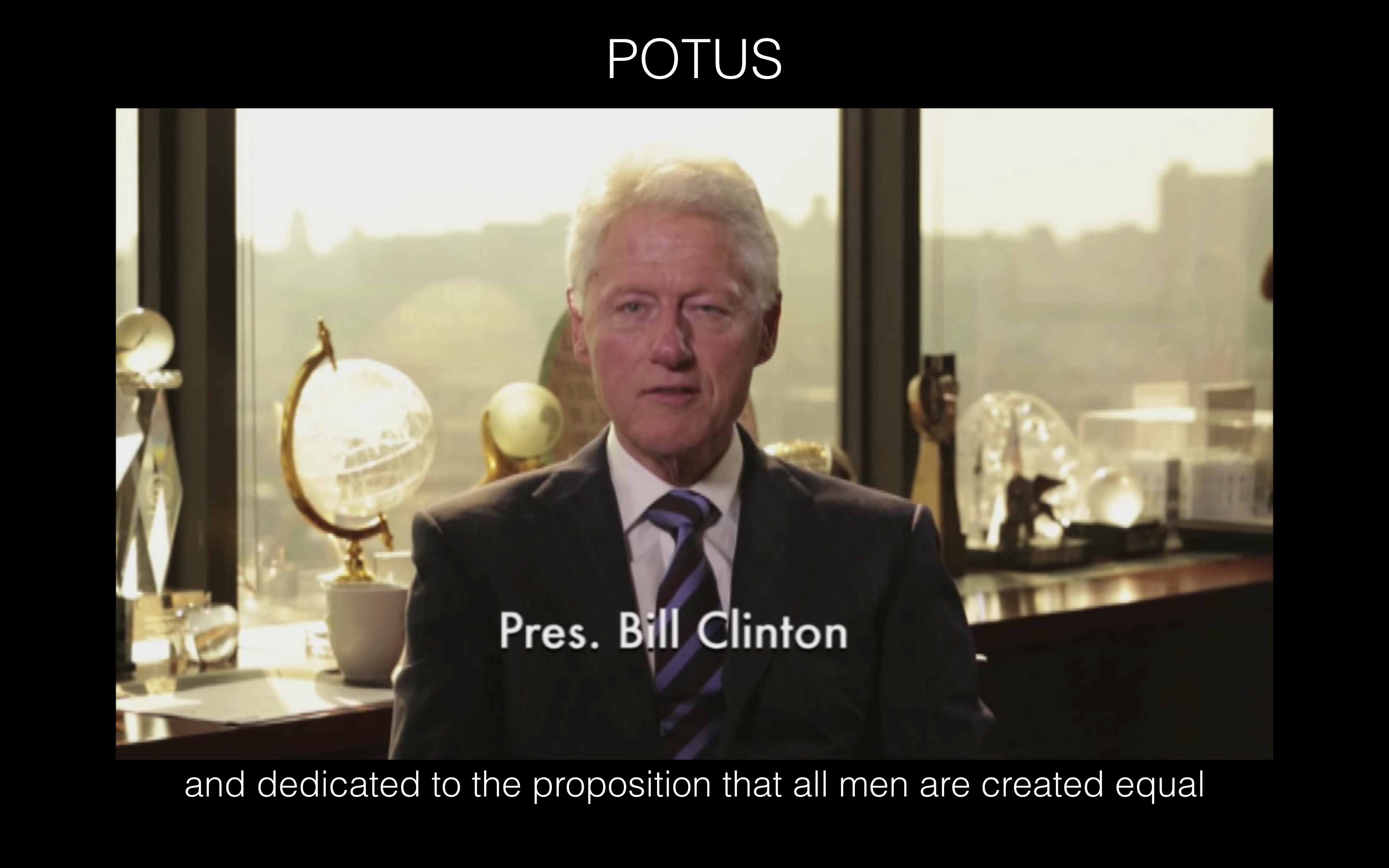
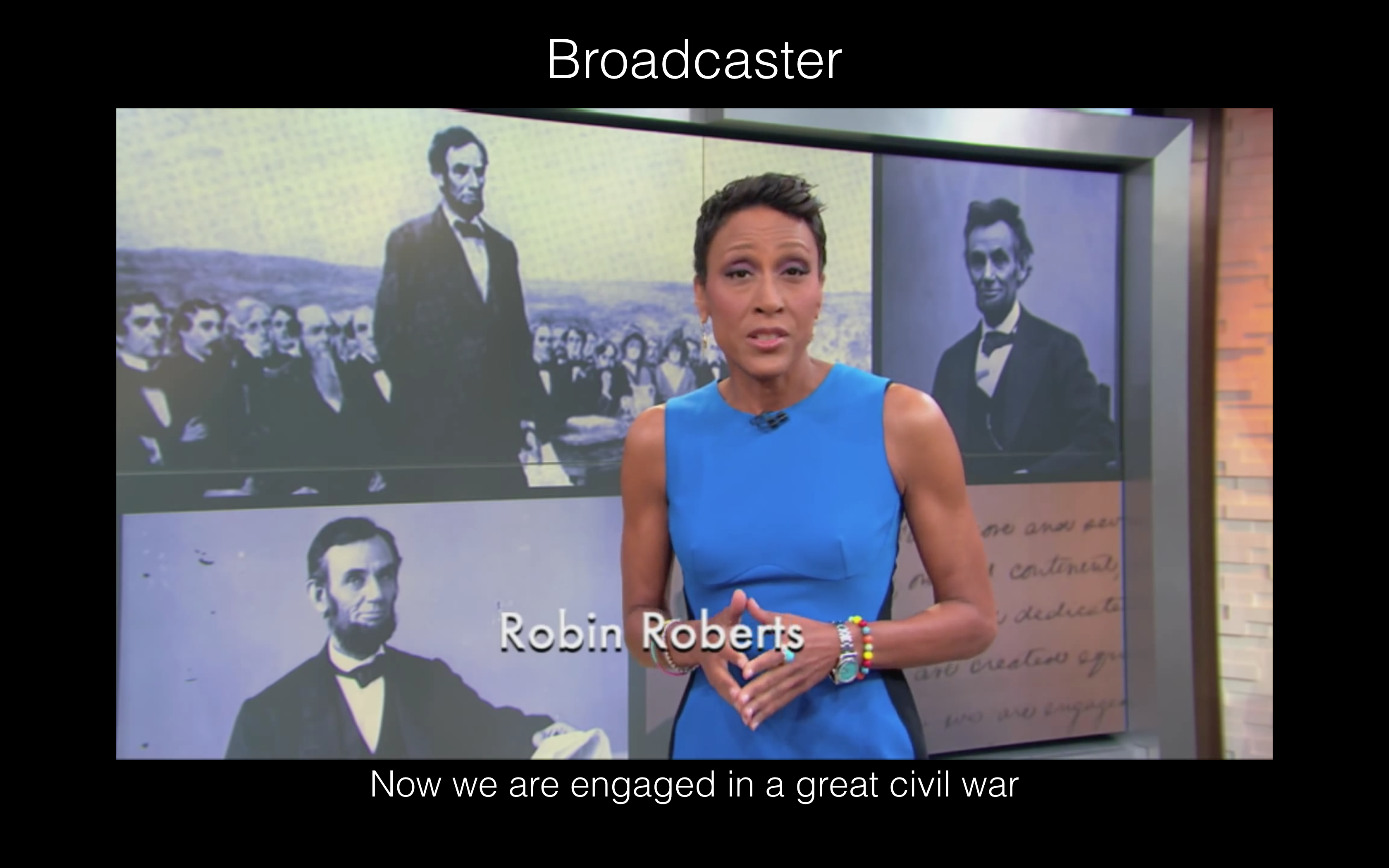
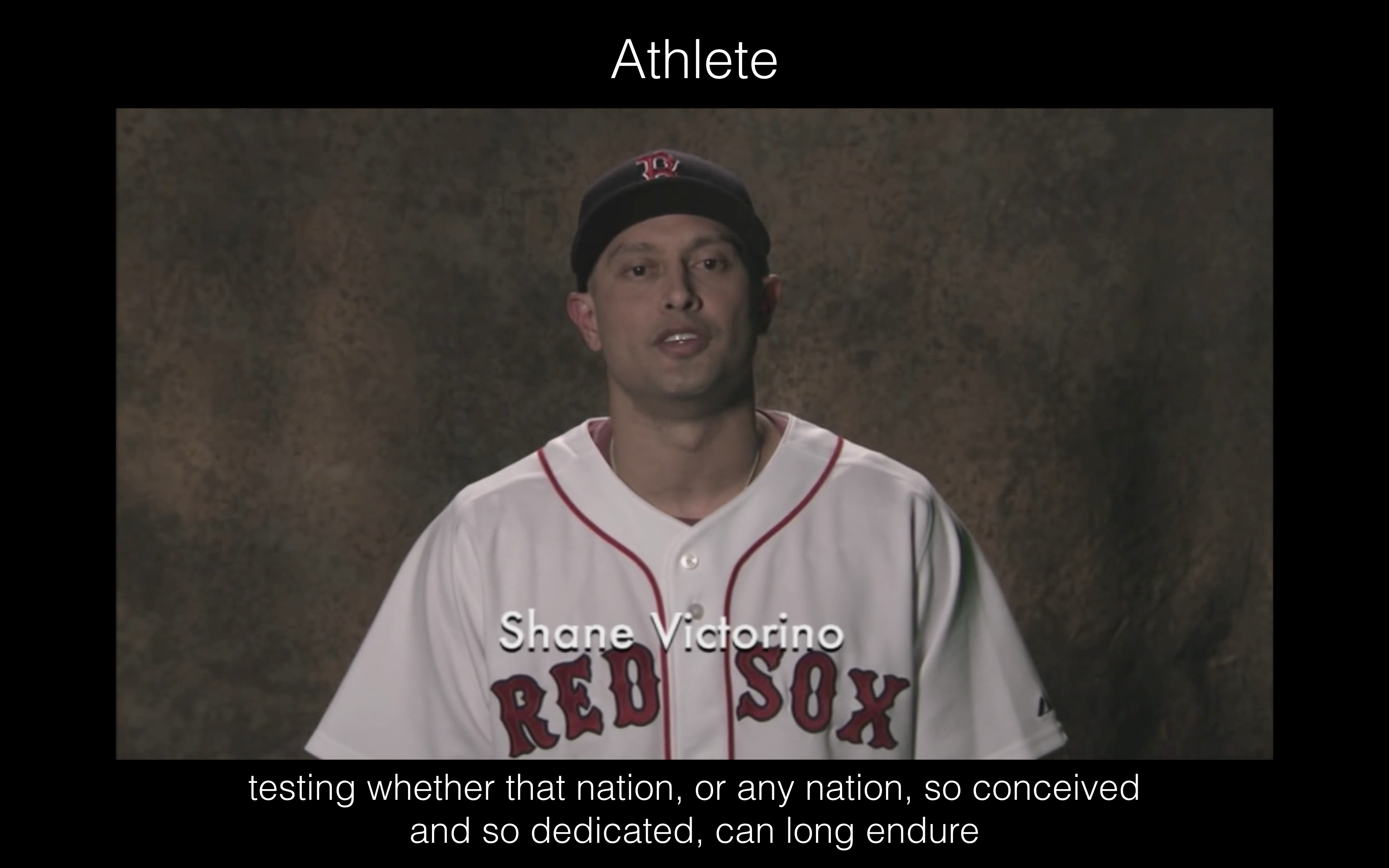
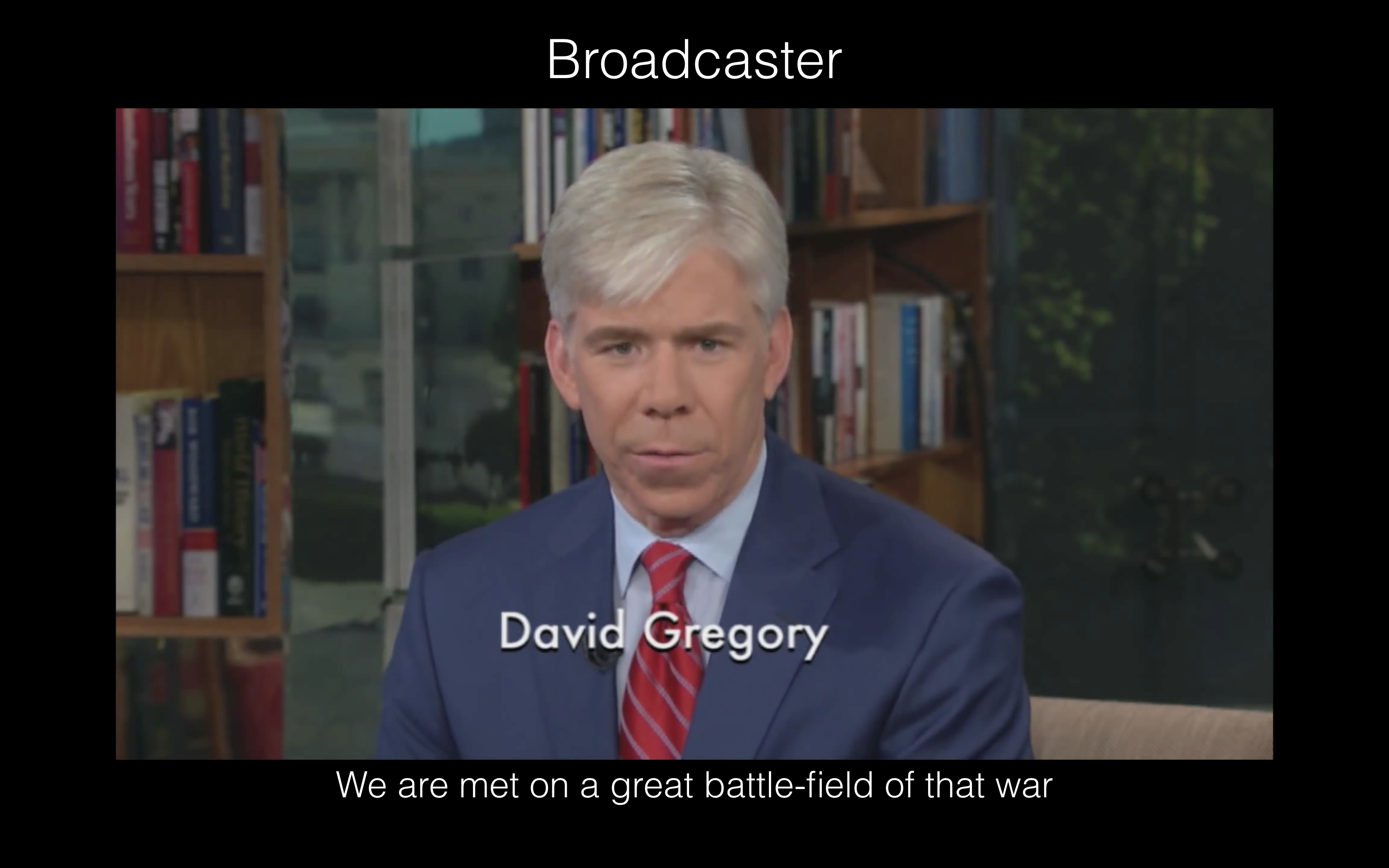

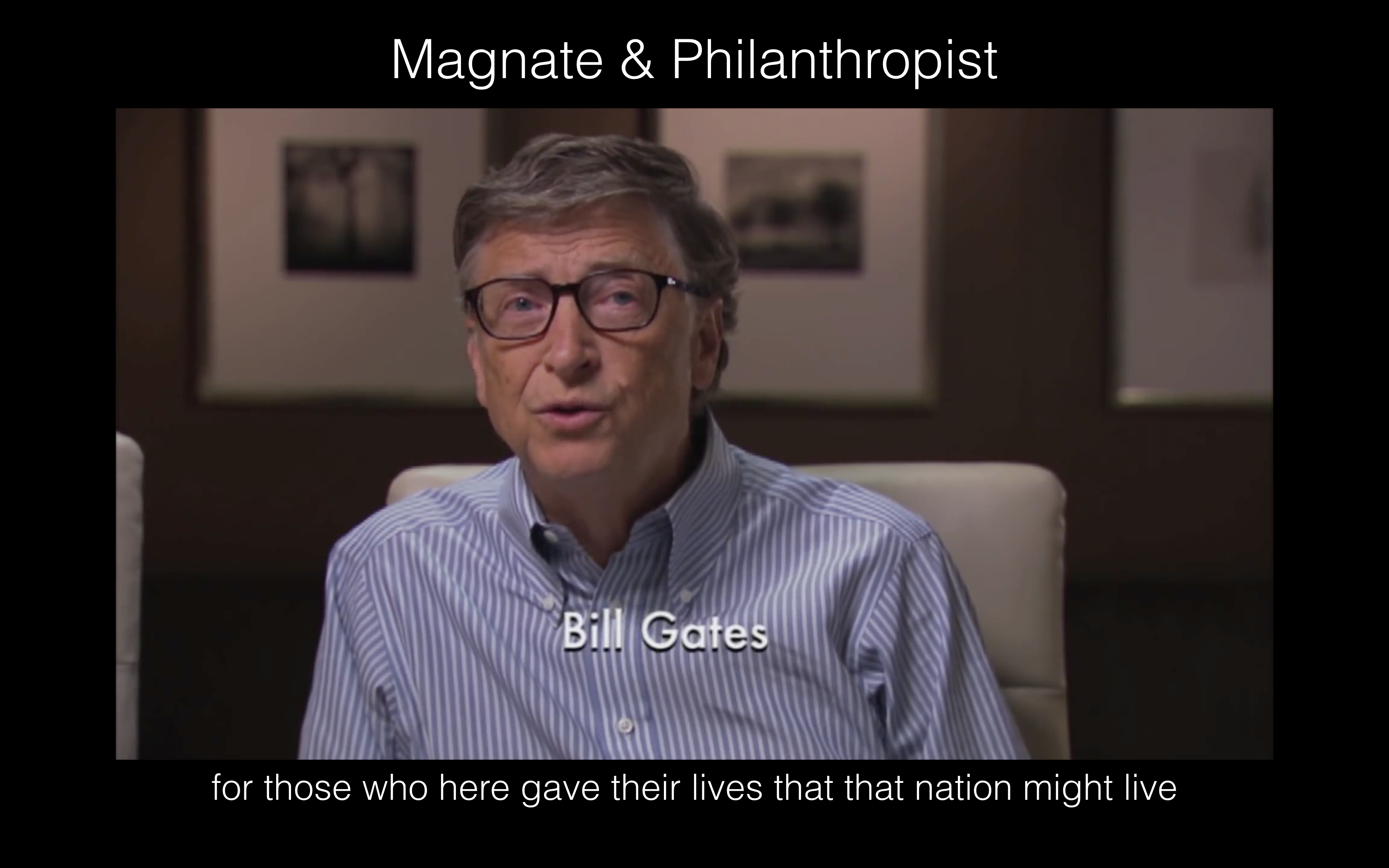
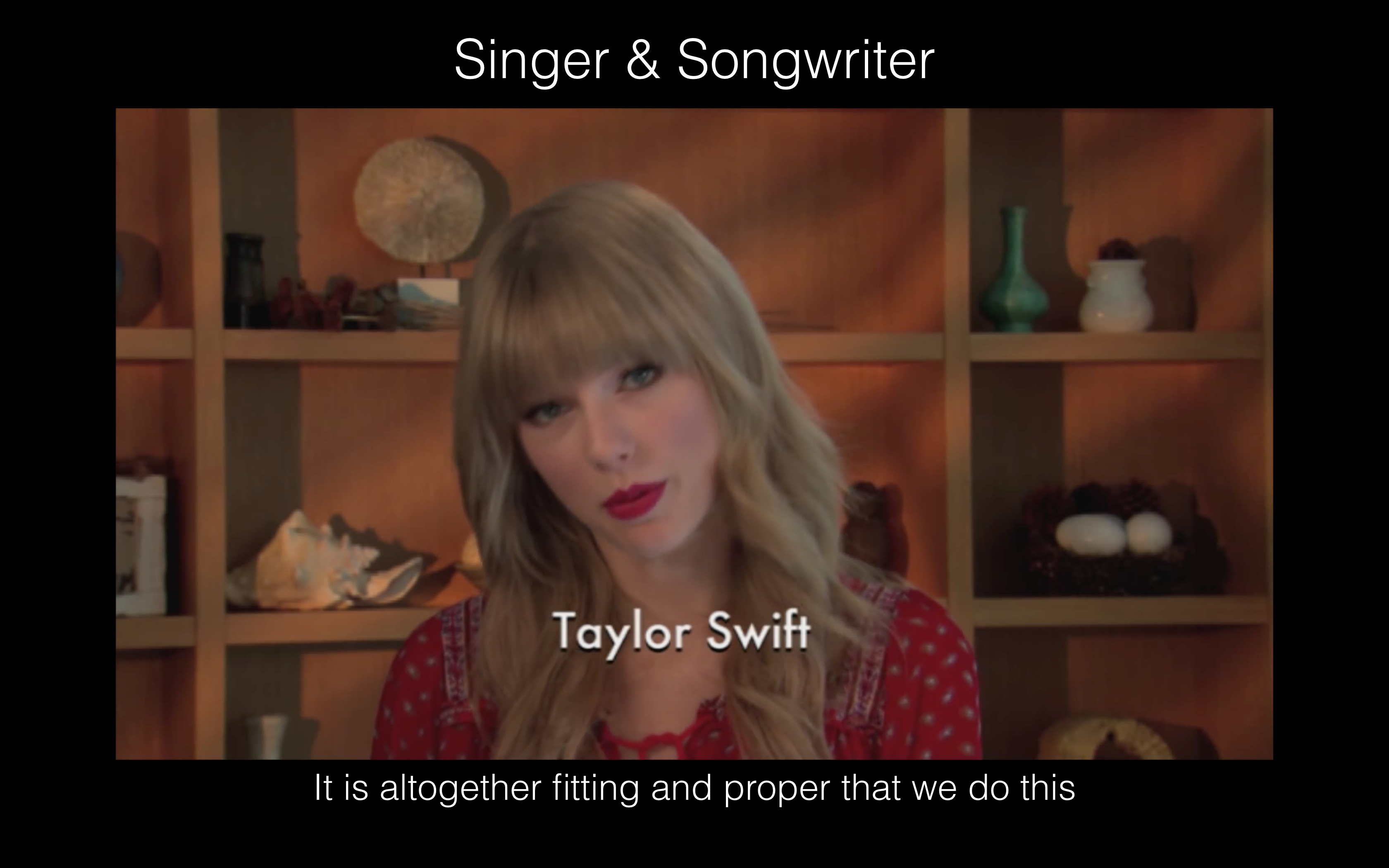

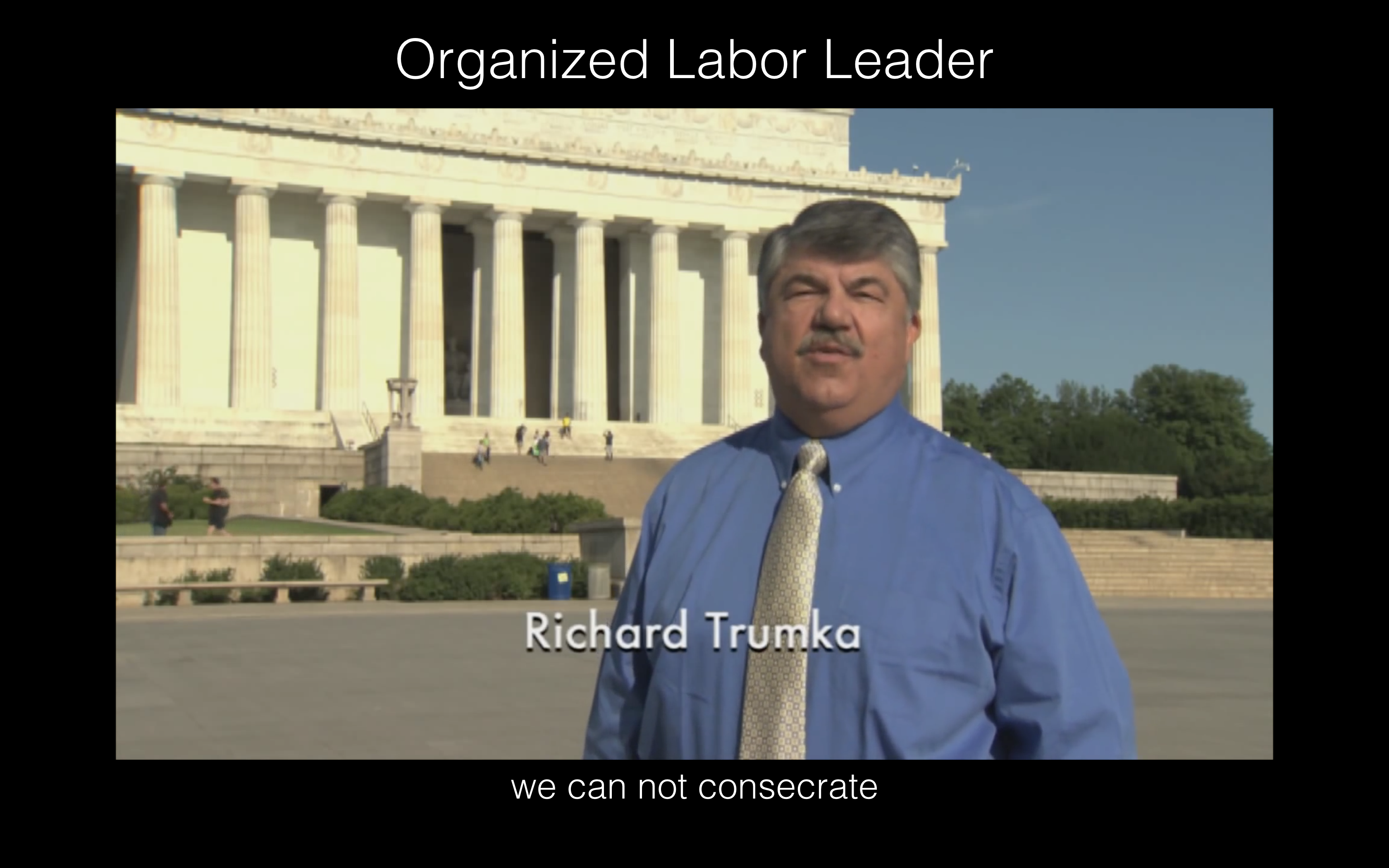
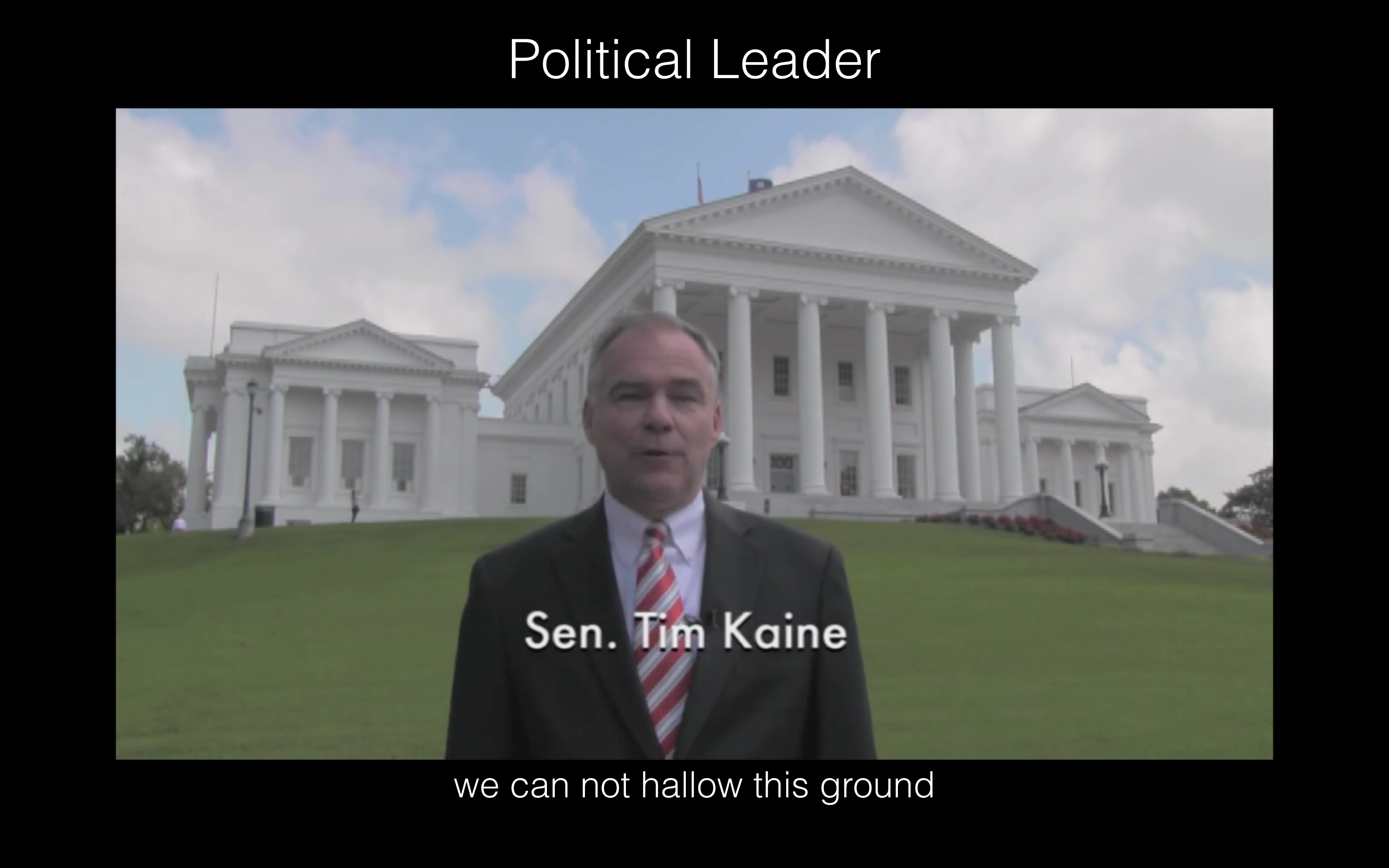

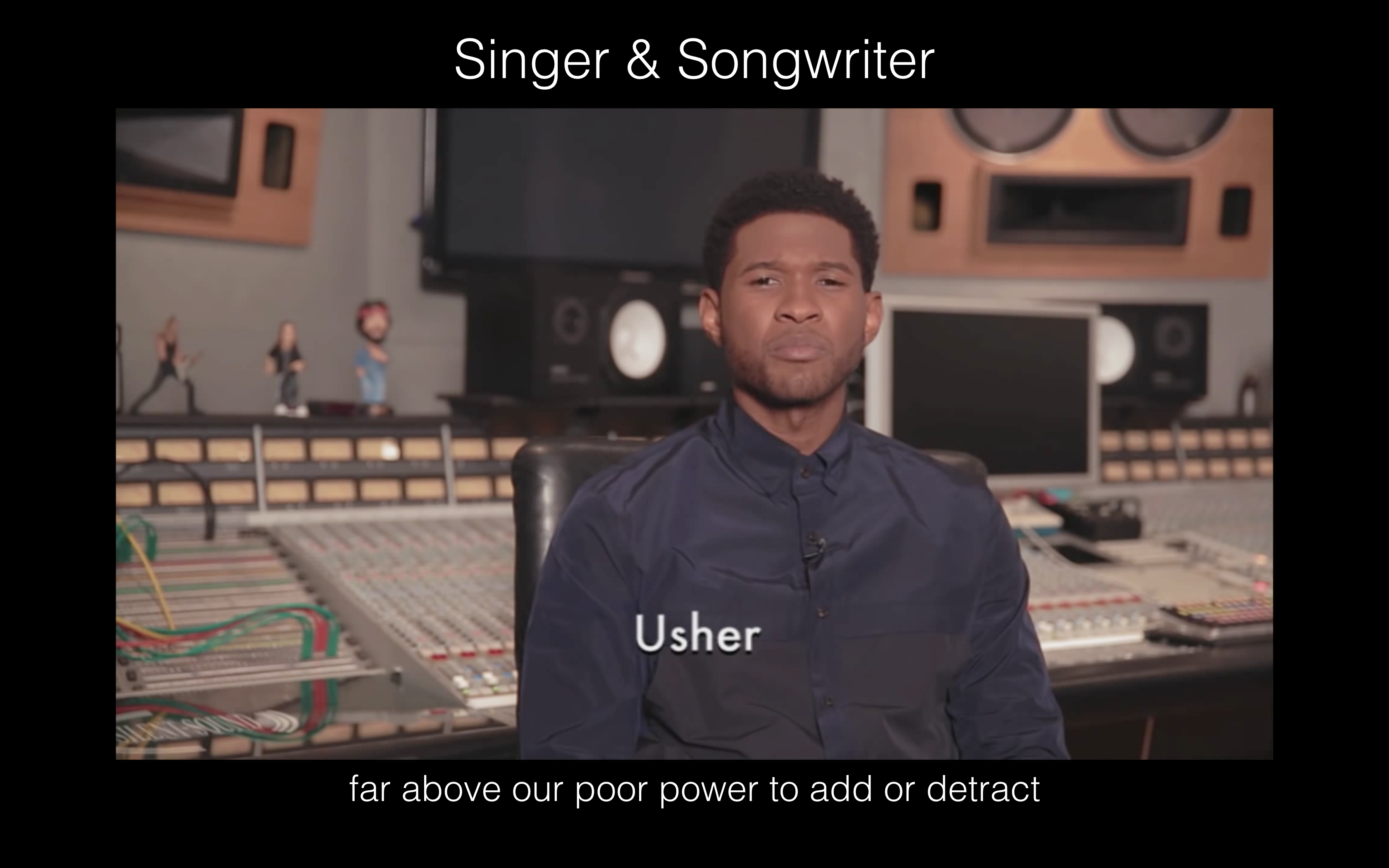
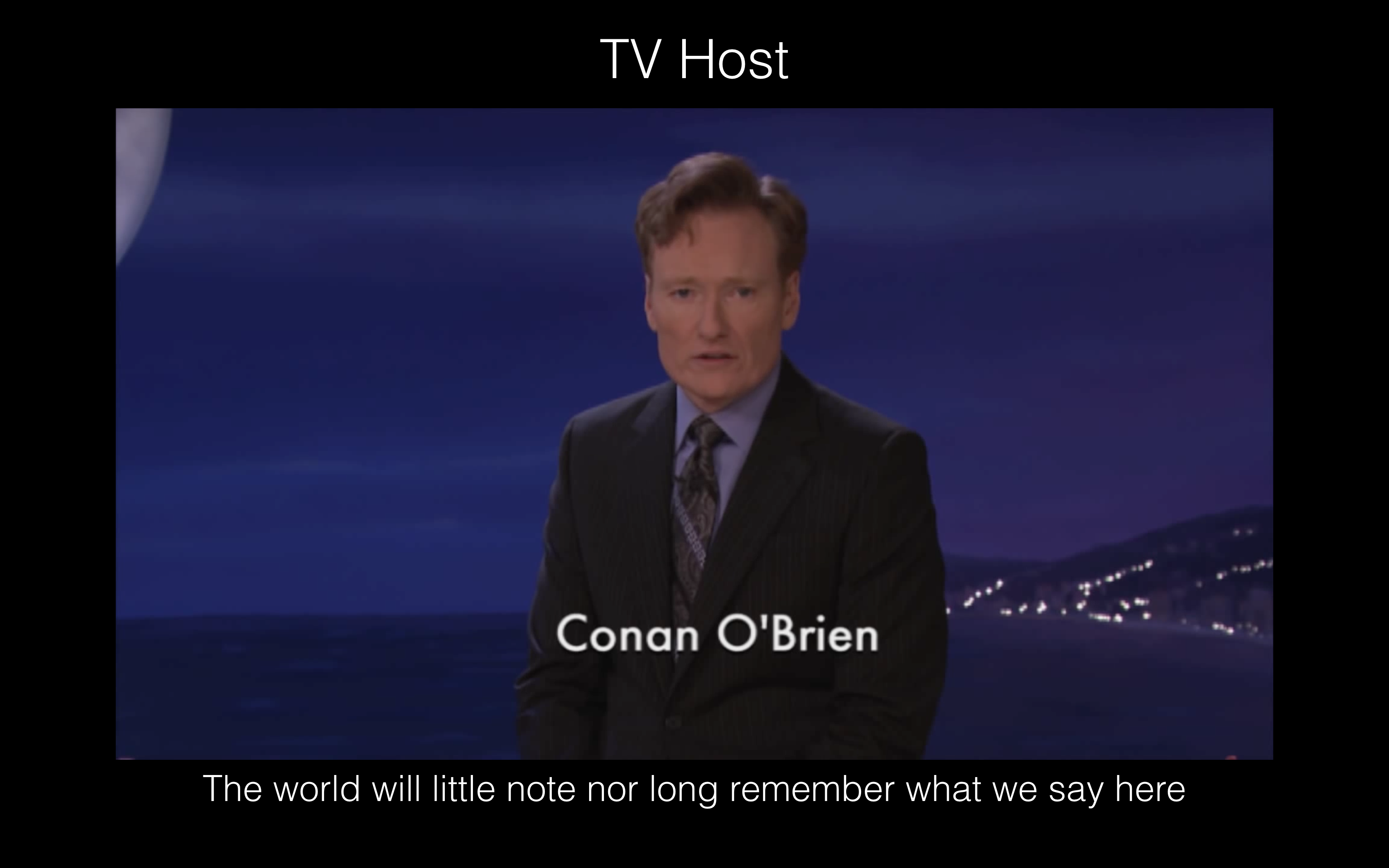

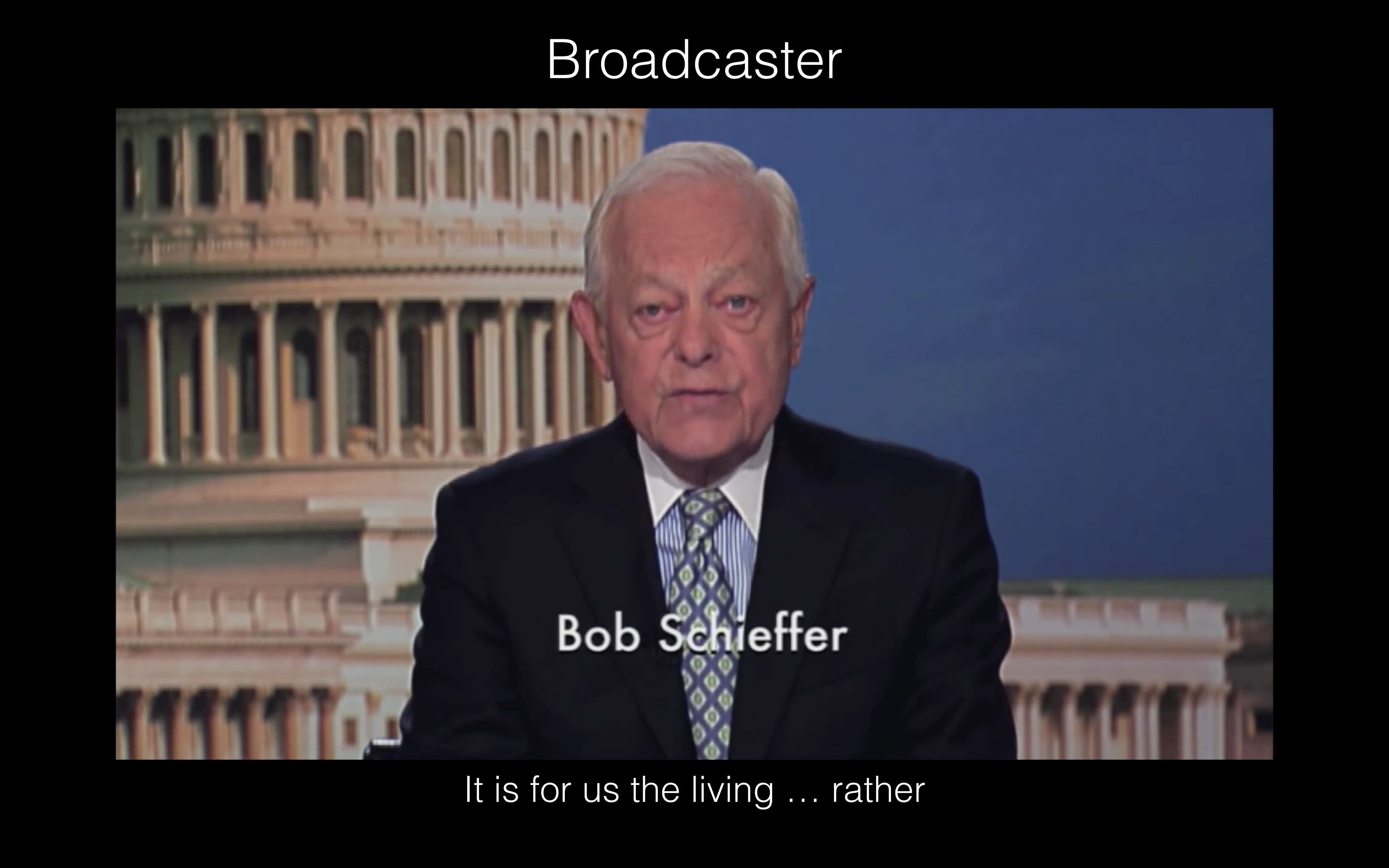
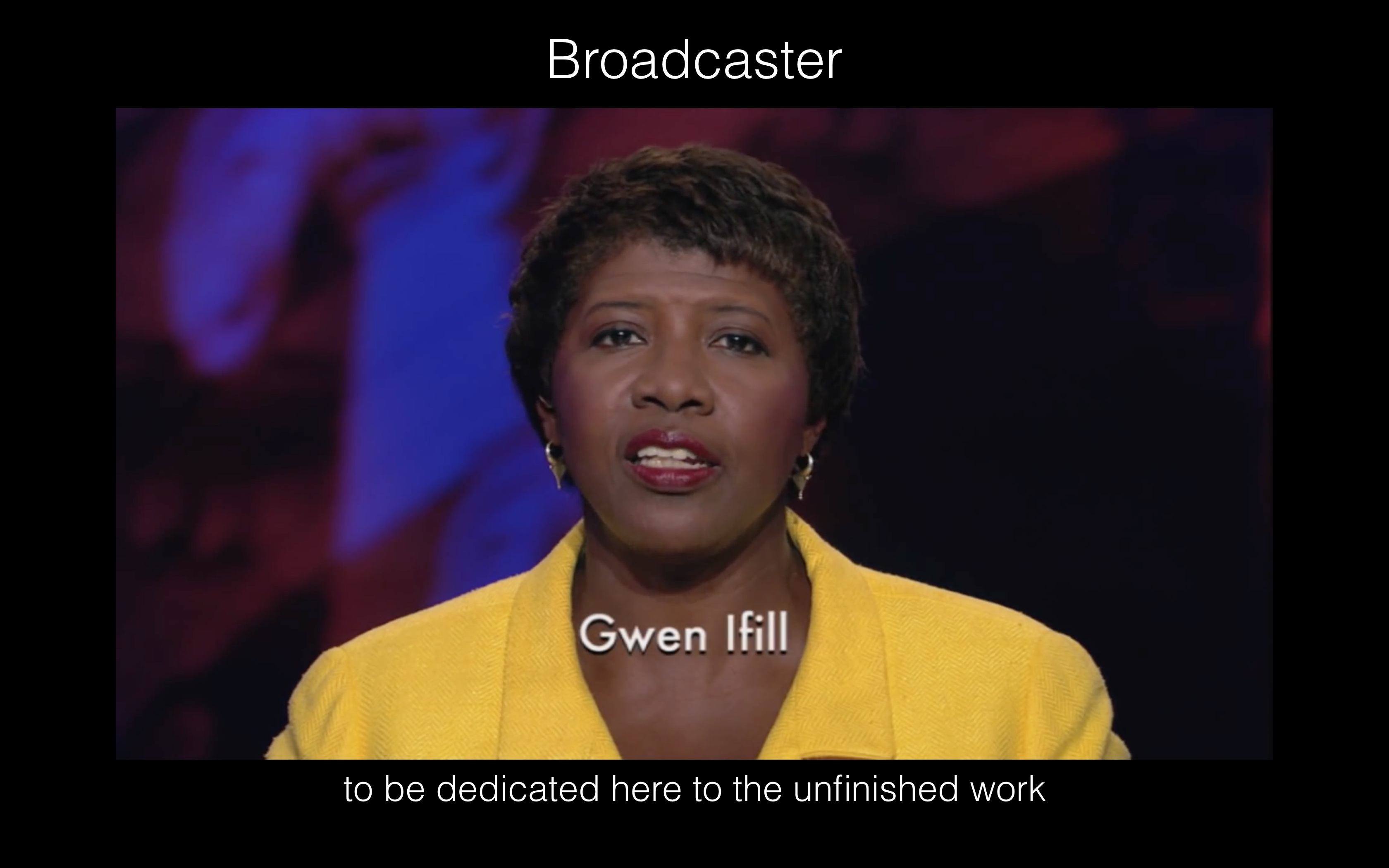
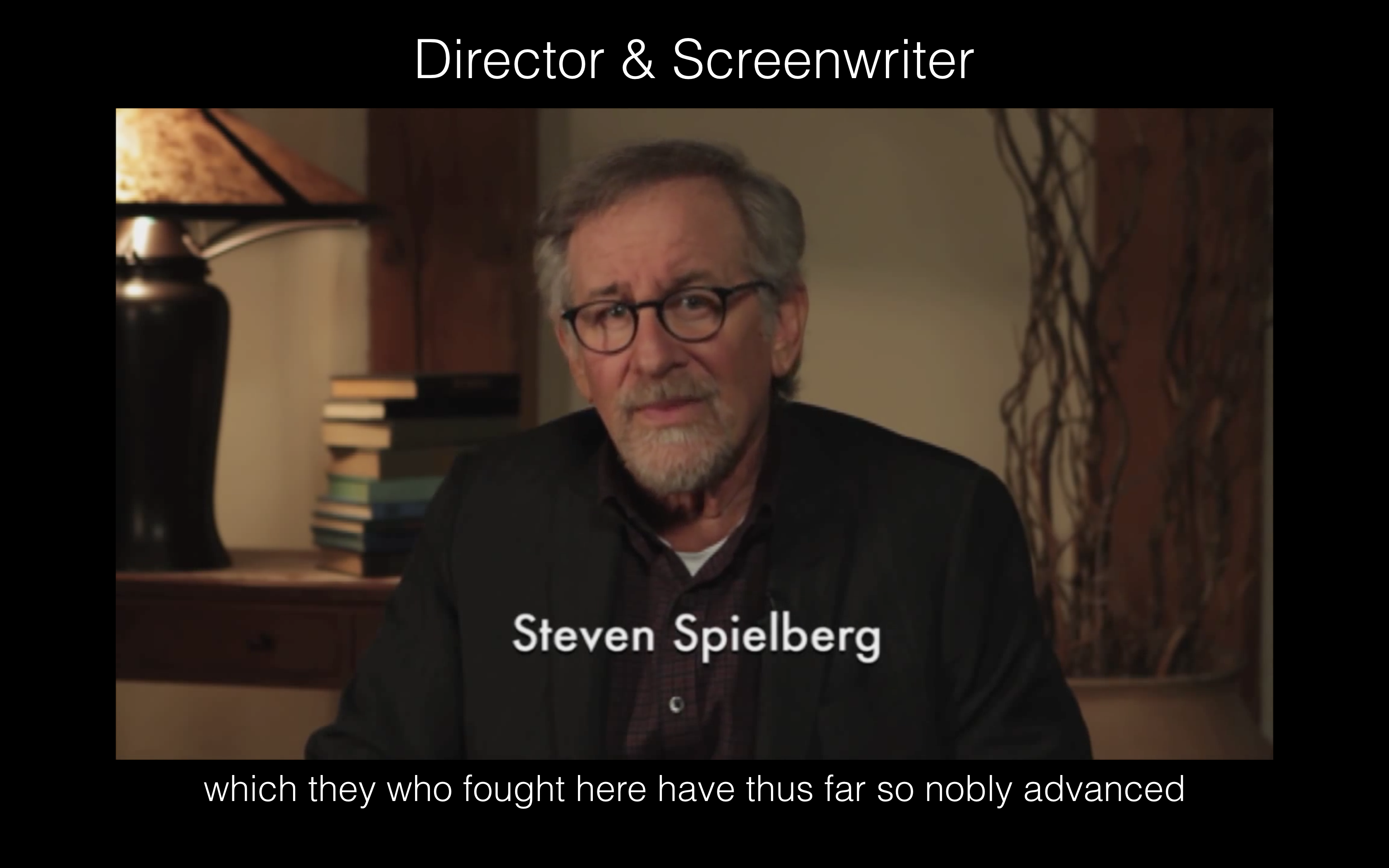
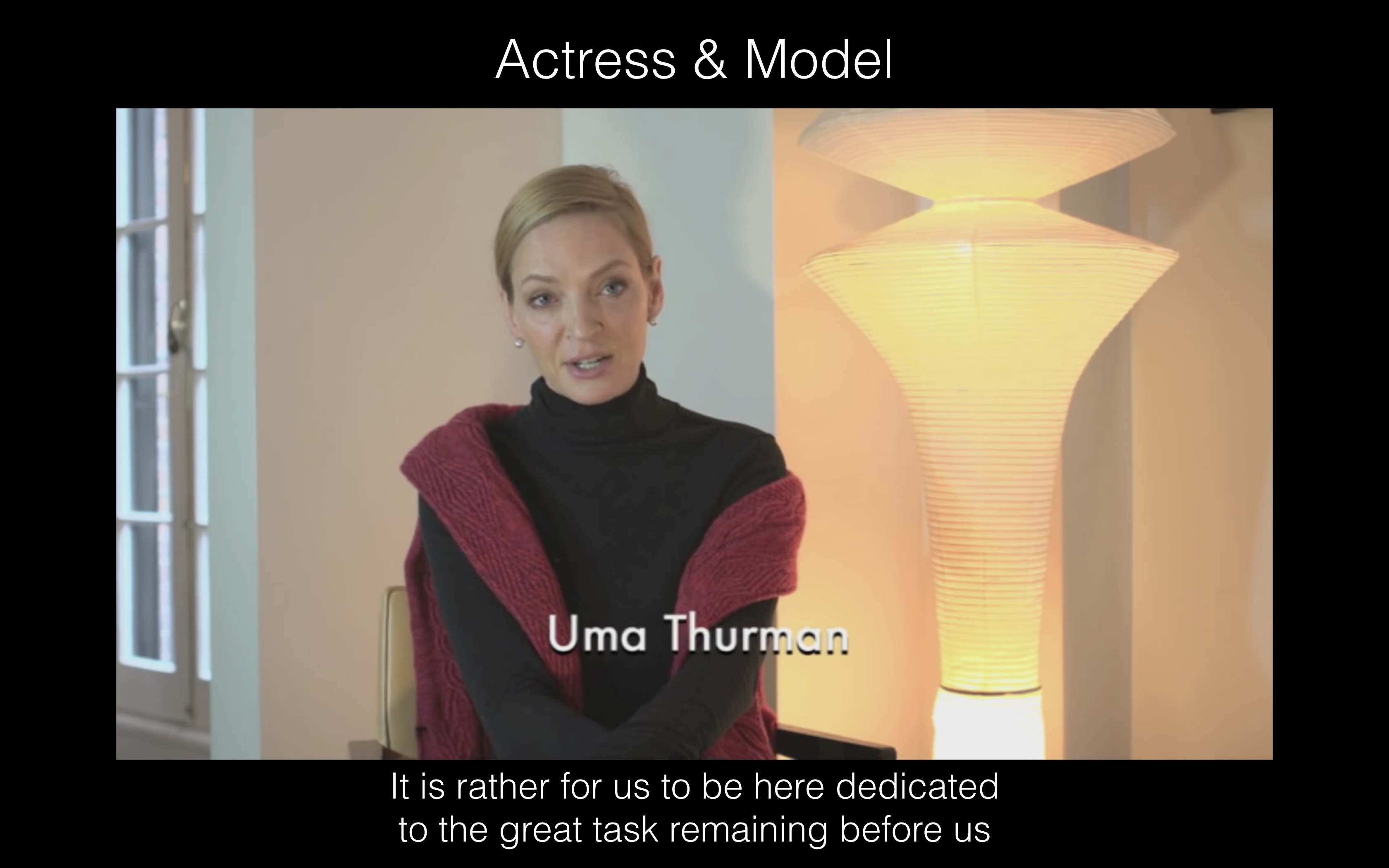
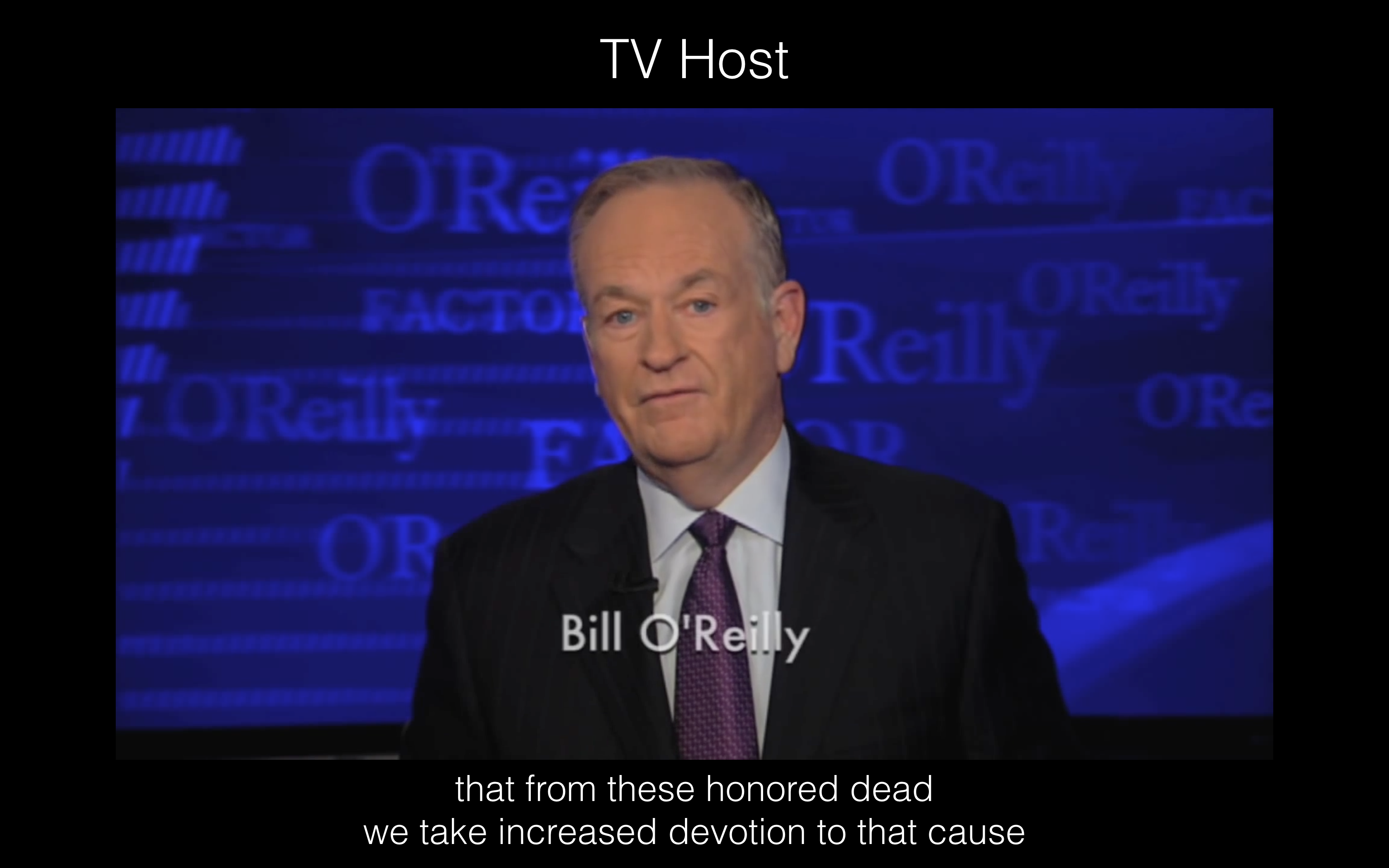


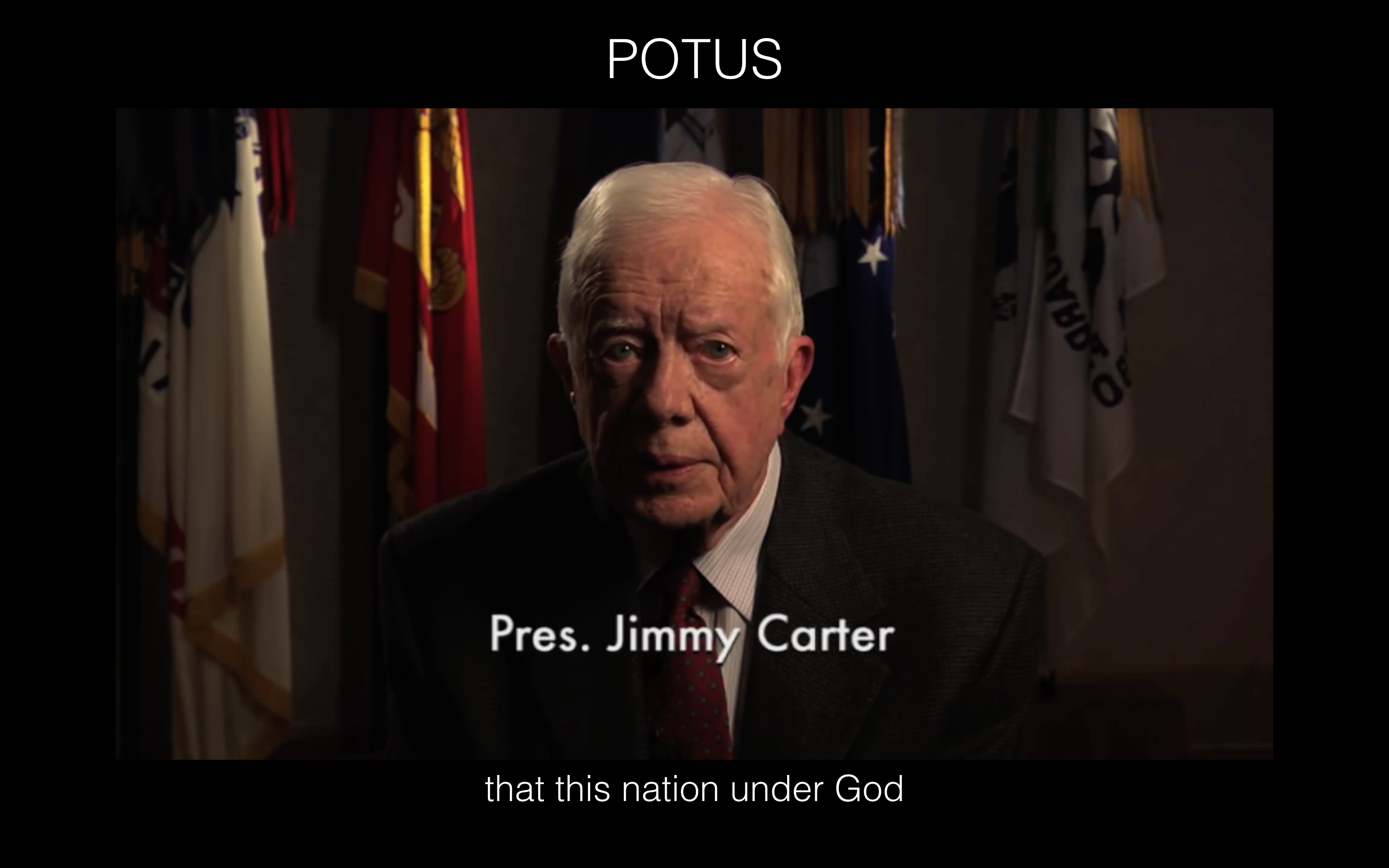
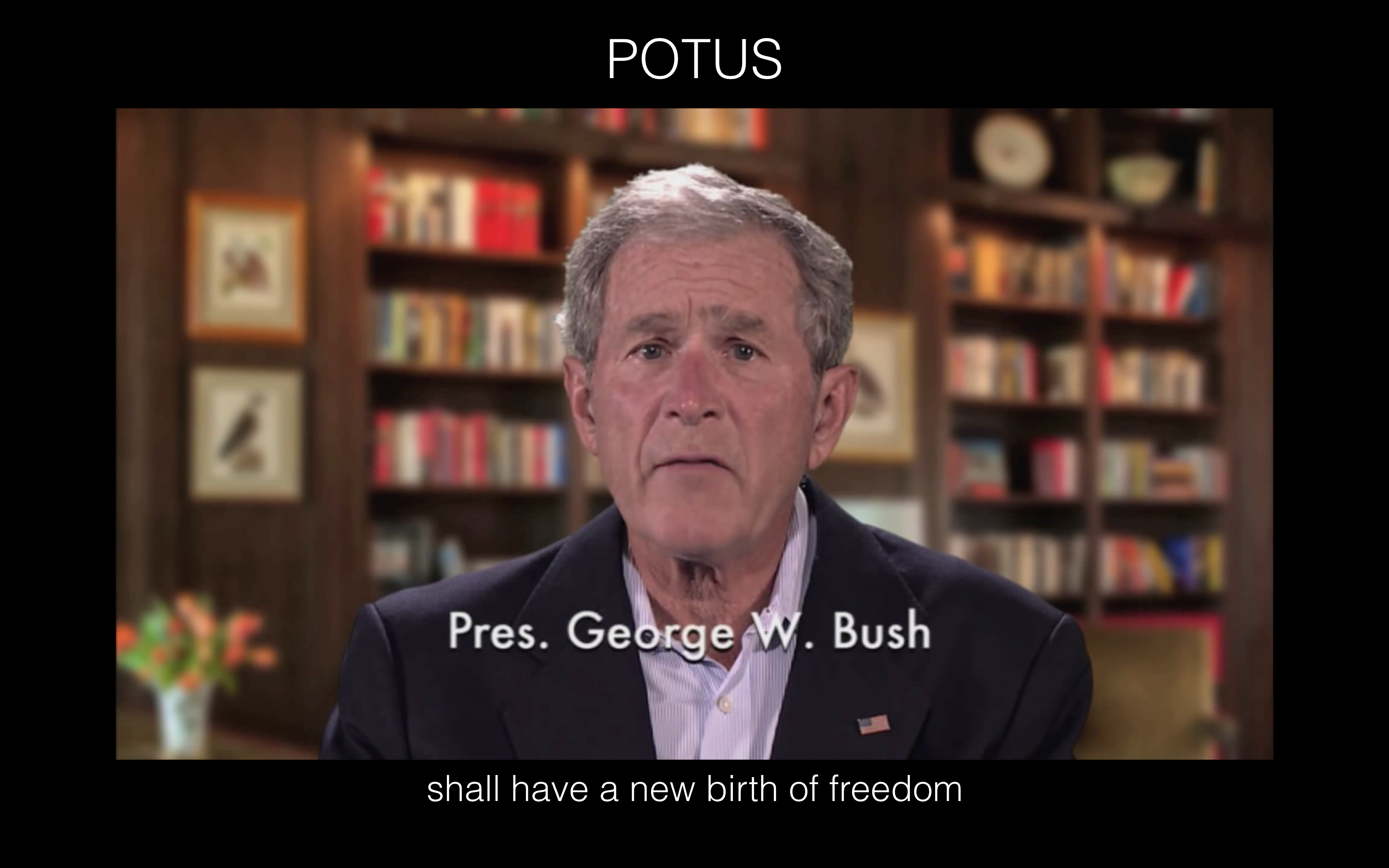
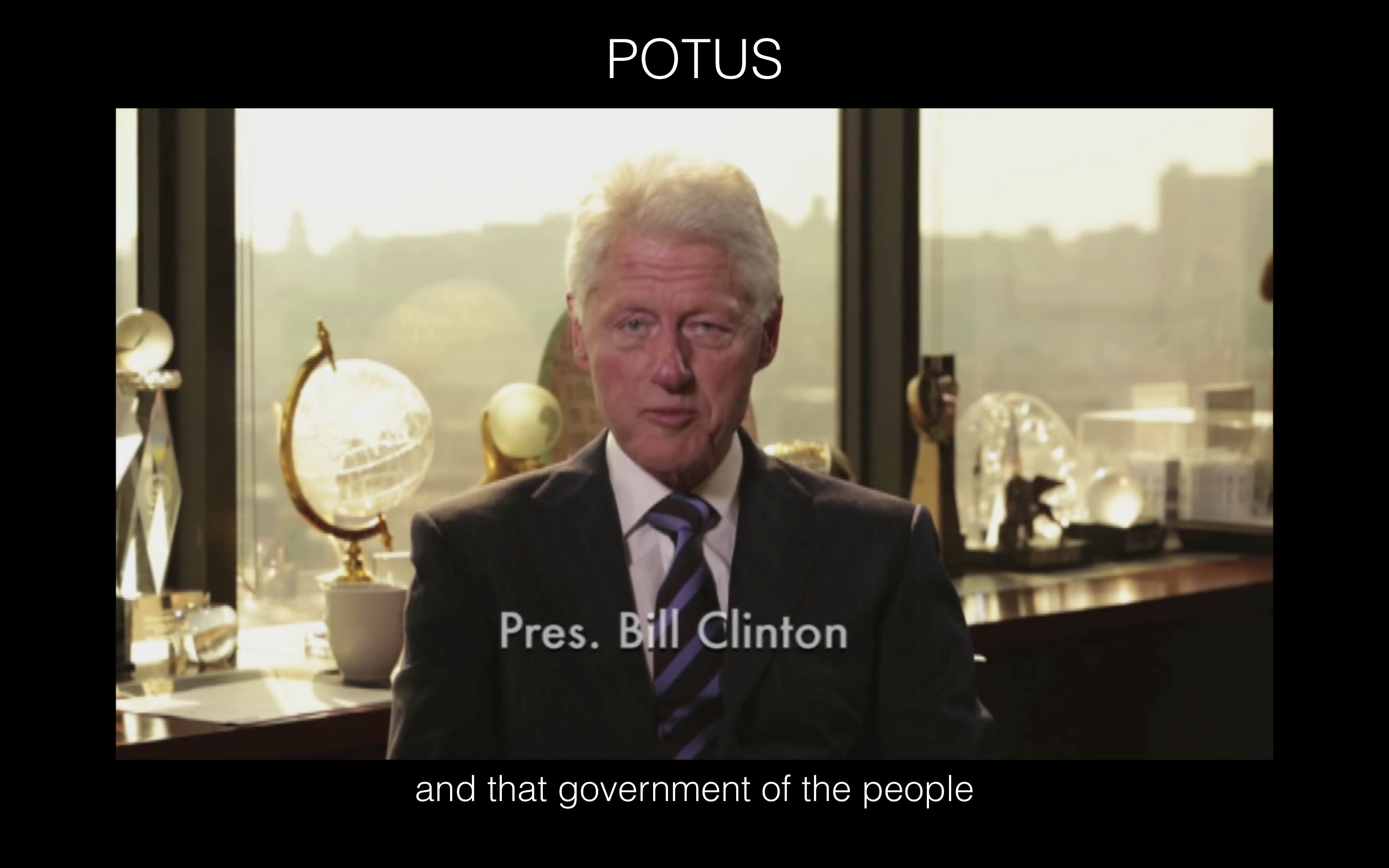
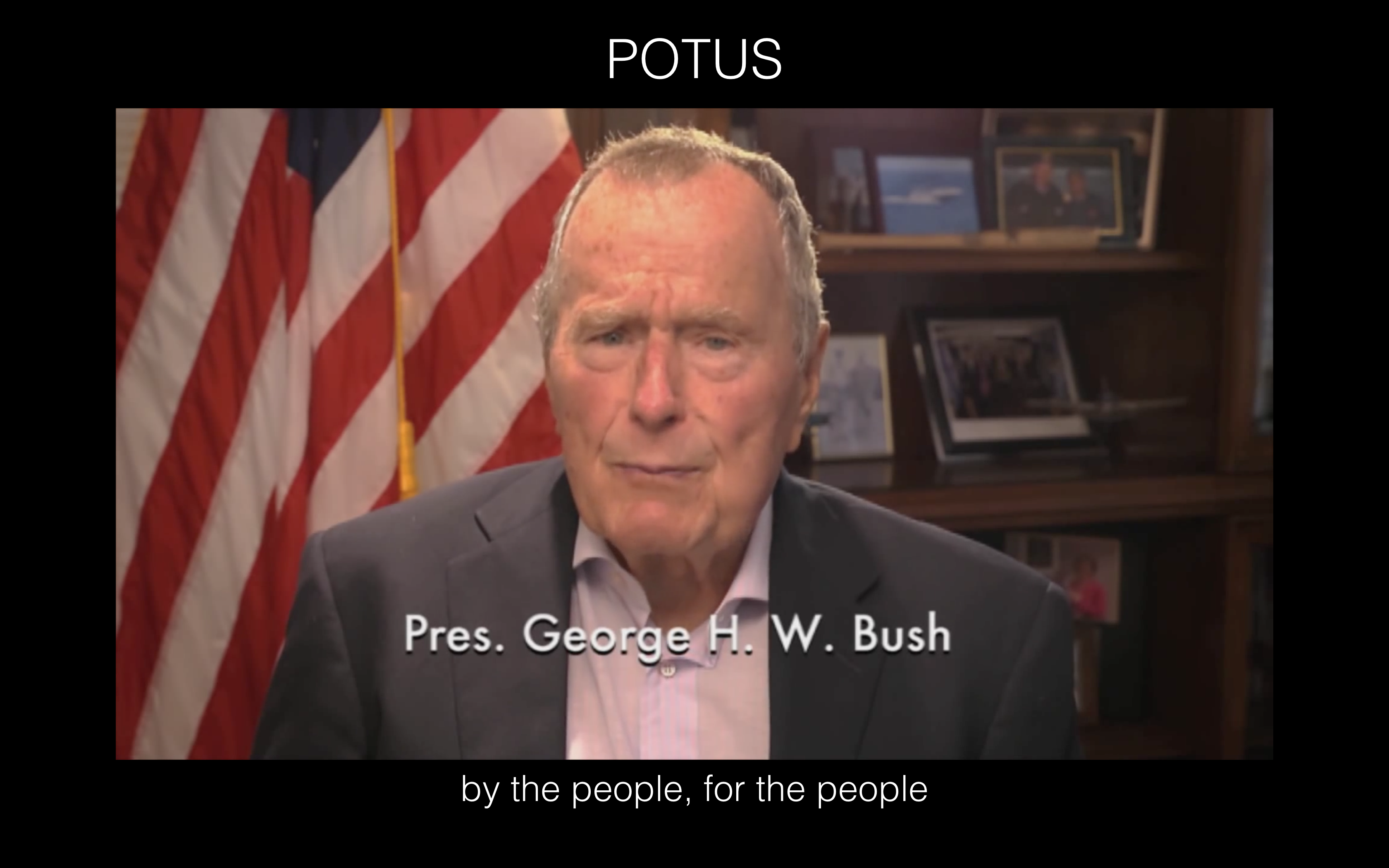
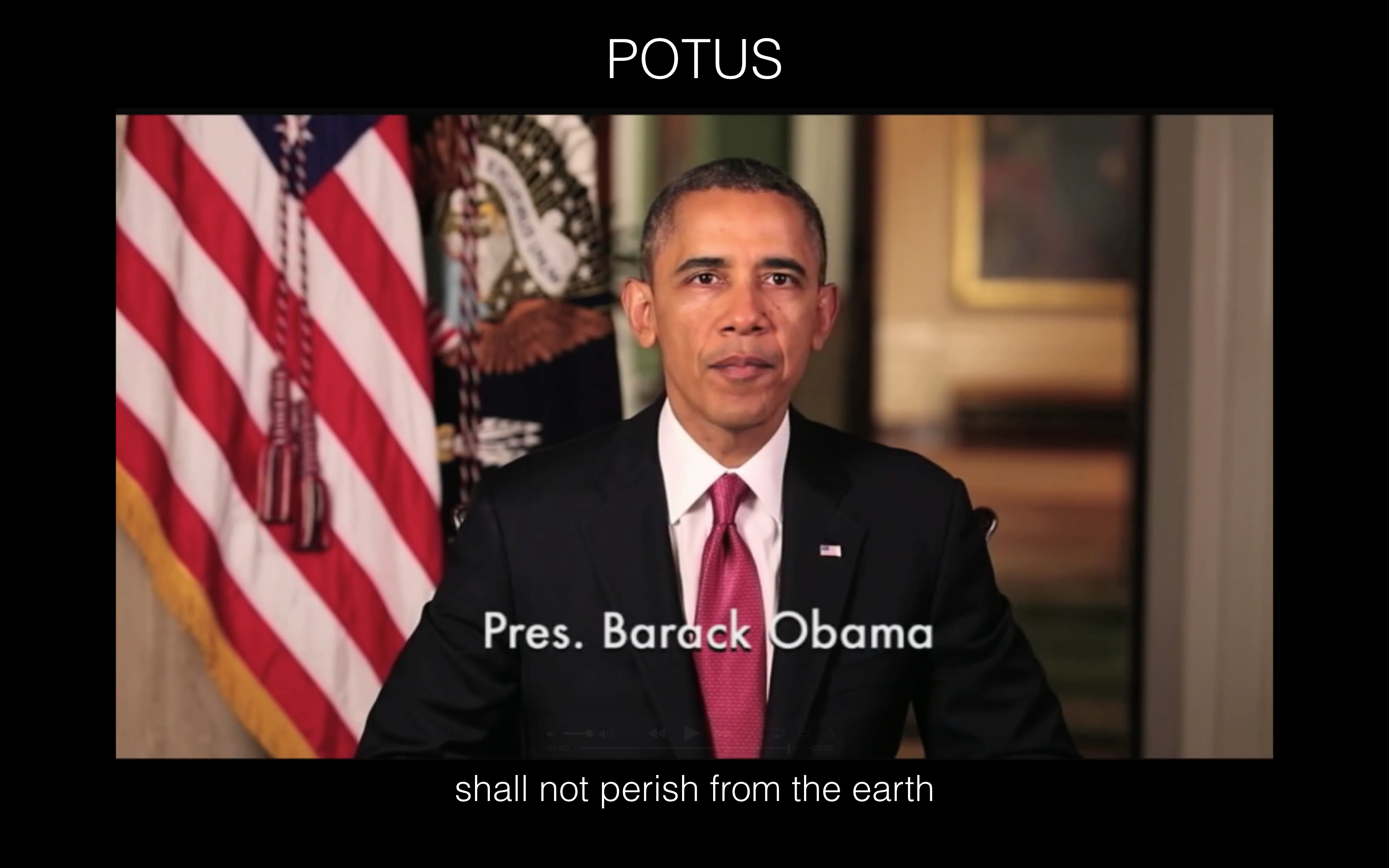
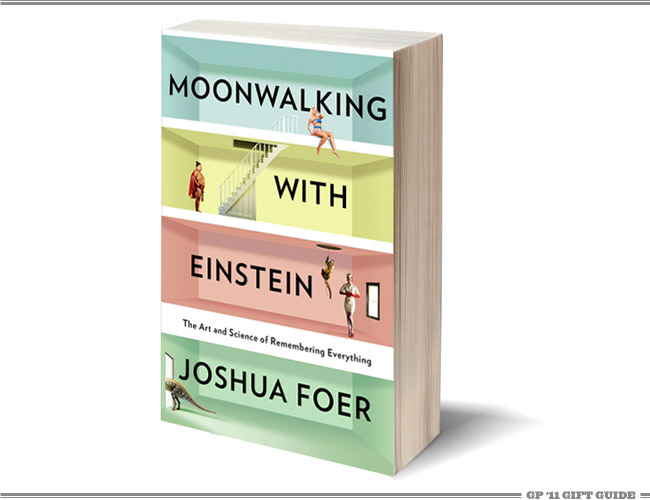
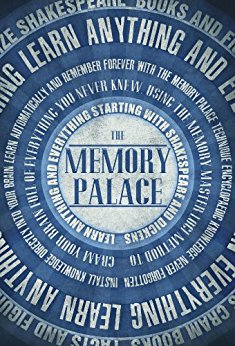
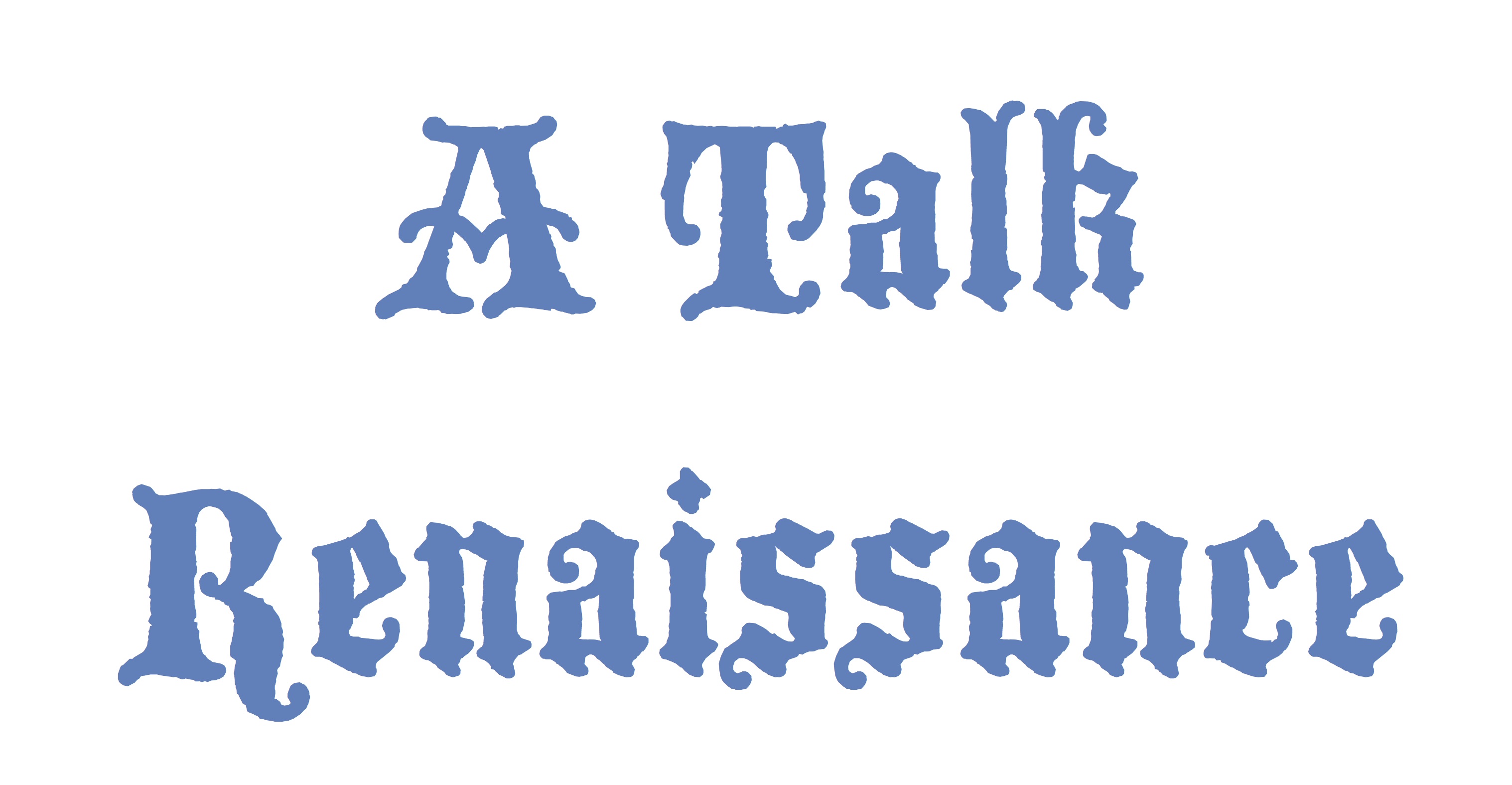
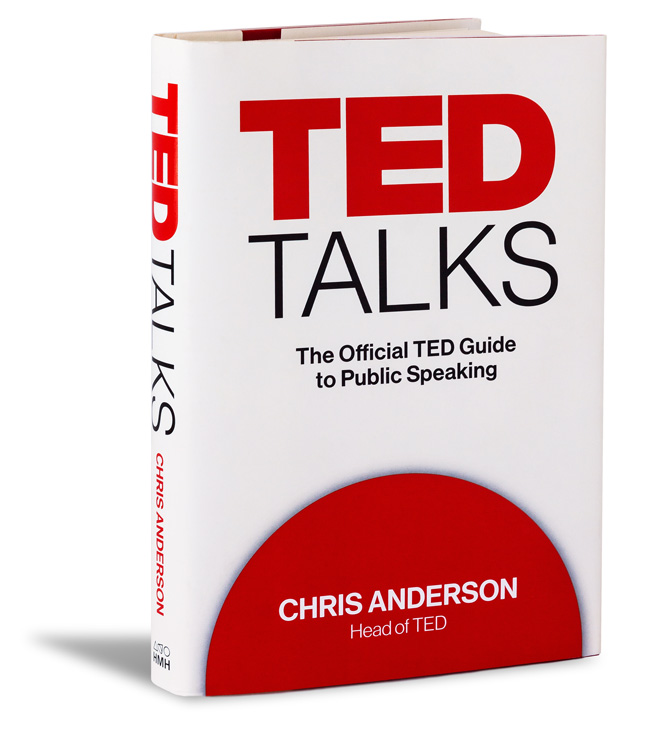

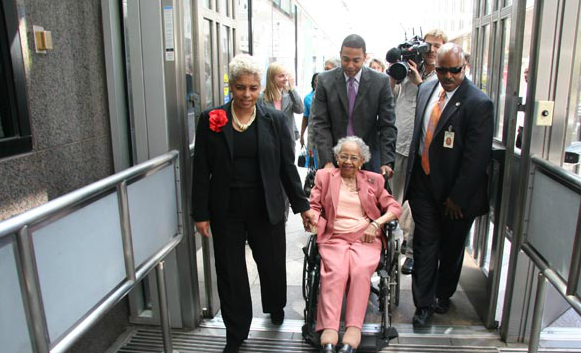
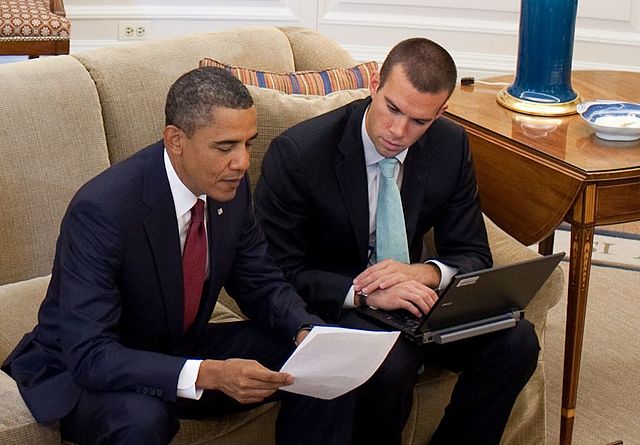
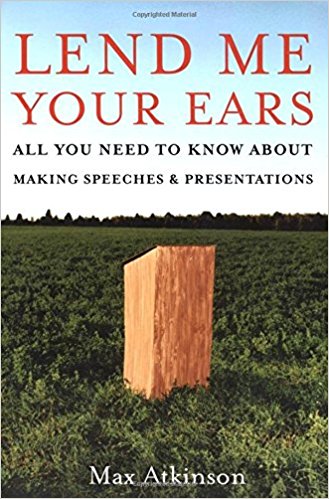
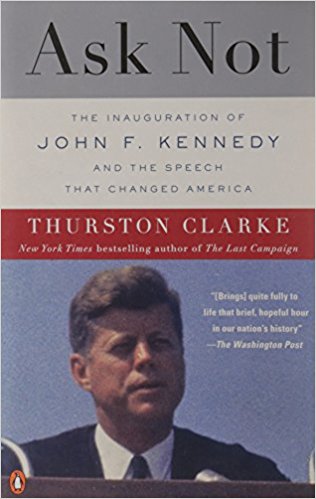

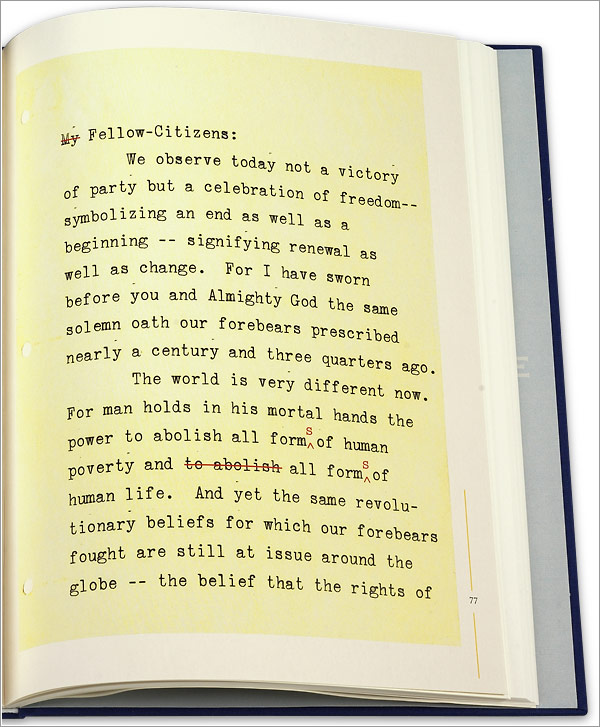 Vice President Johnson, Mr. Speaker, Mr. Chief Justice, President Eisenhower, Vice President Nixon, President Truman, Reverend Clergy, fellow citizens:
Vice President Johnson, Mr. Speaker, Mr. Chief Justice, President Eisenhower, Vice President Nixon, President Truman, Reverend Clergy, fellow citizens: